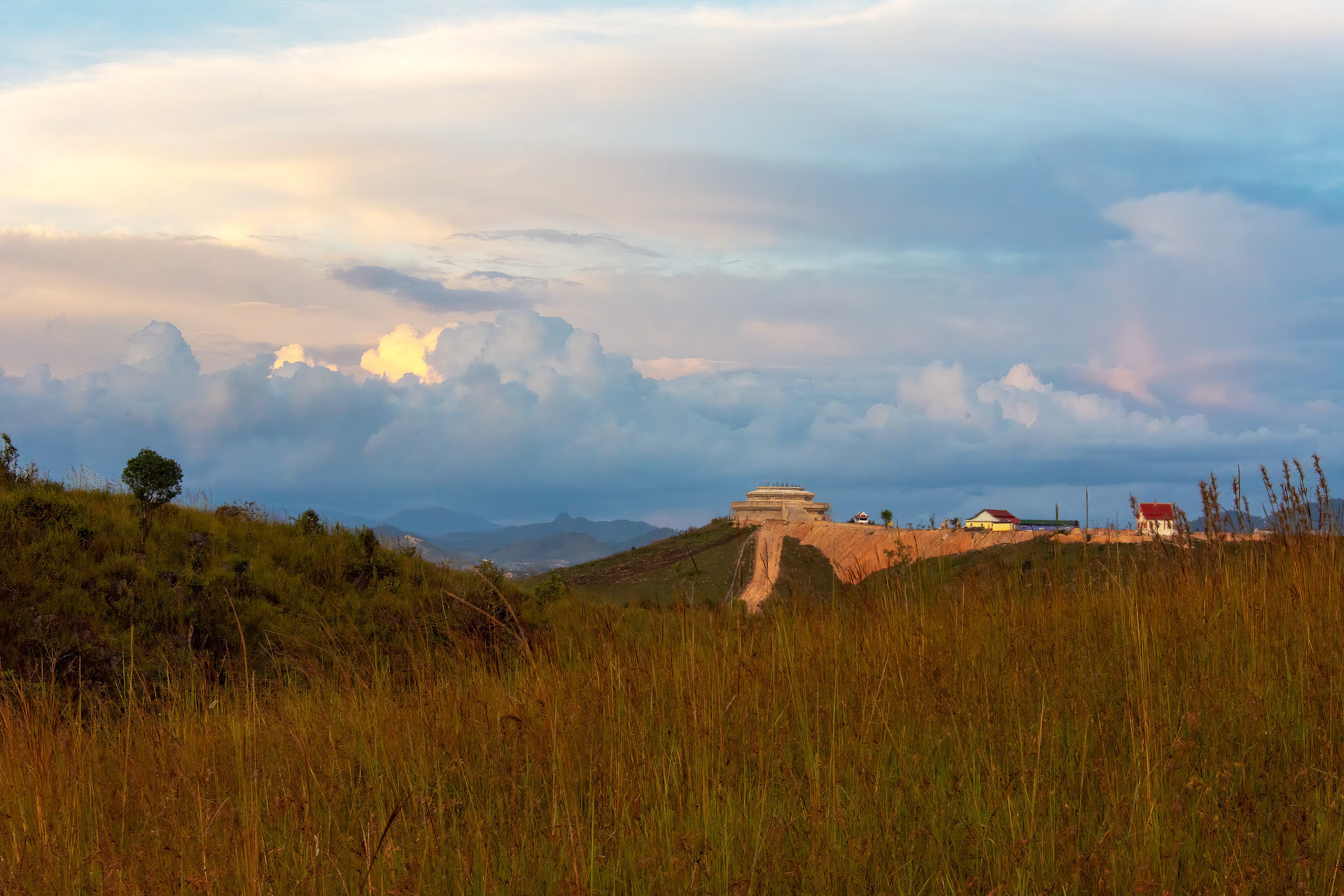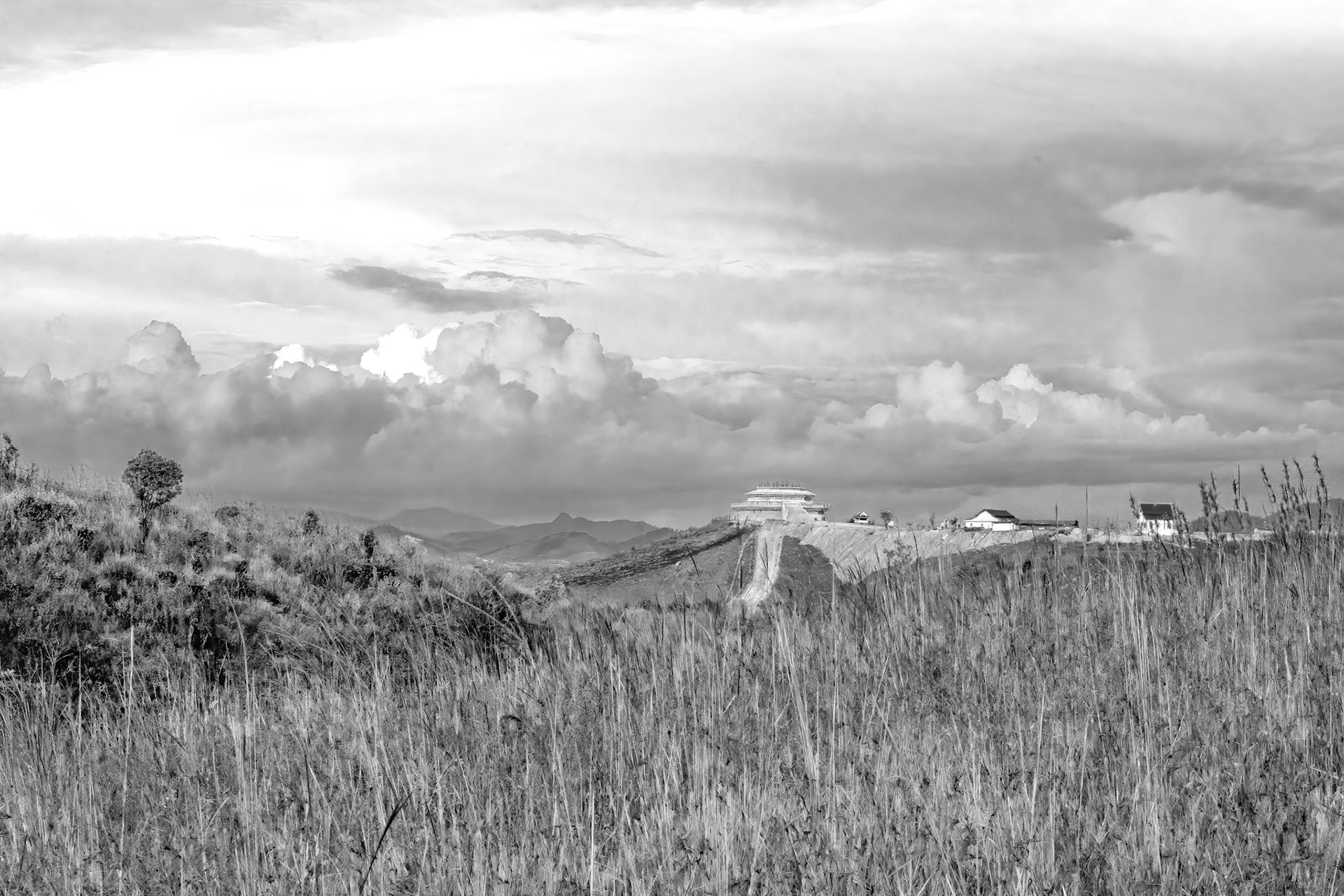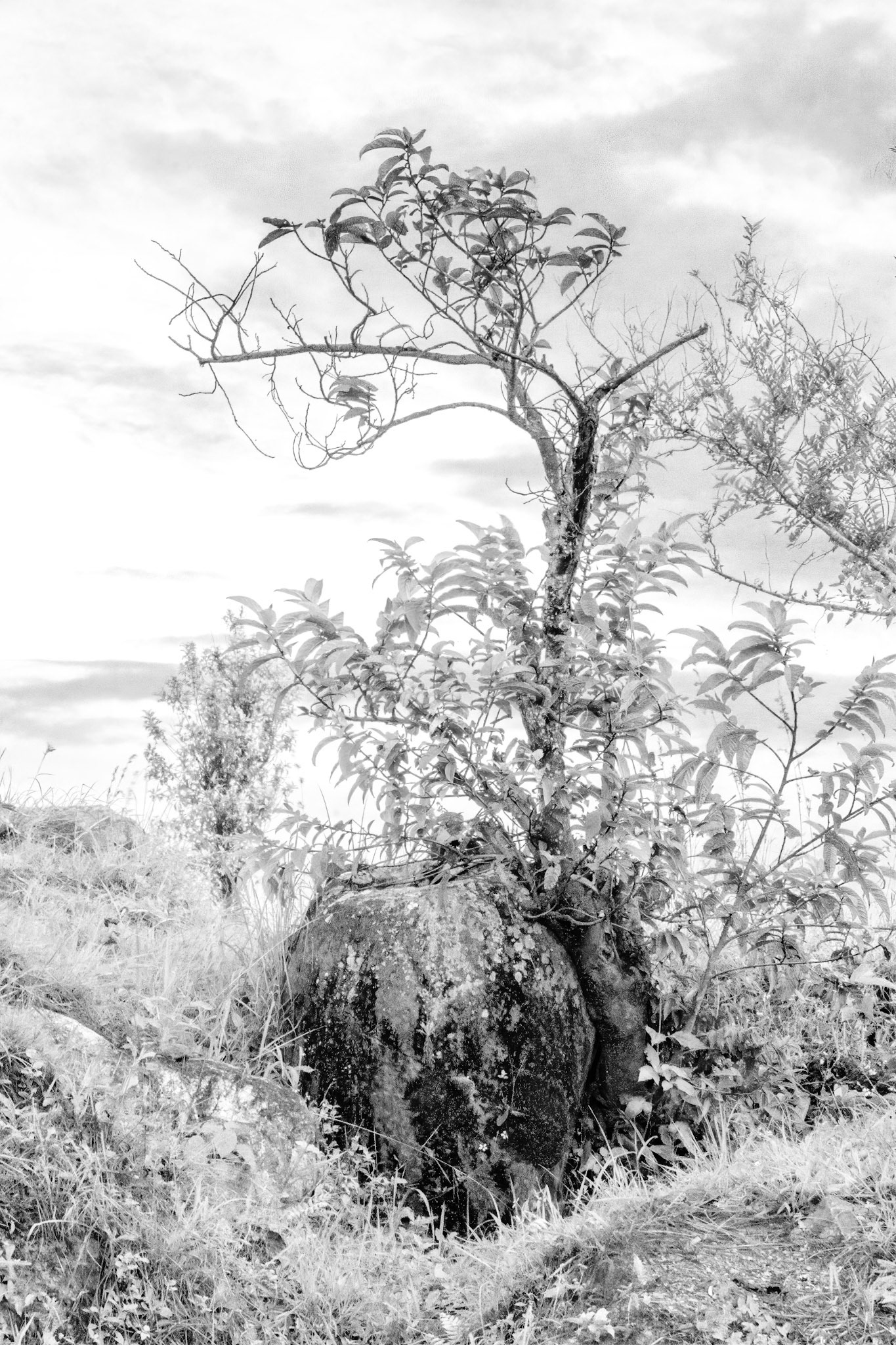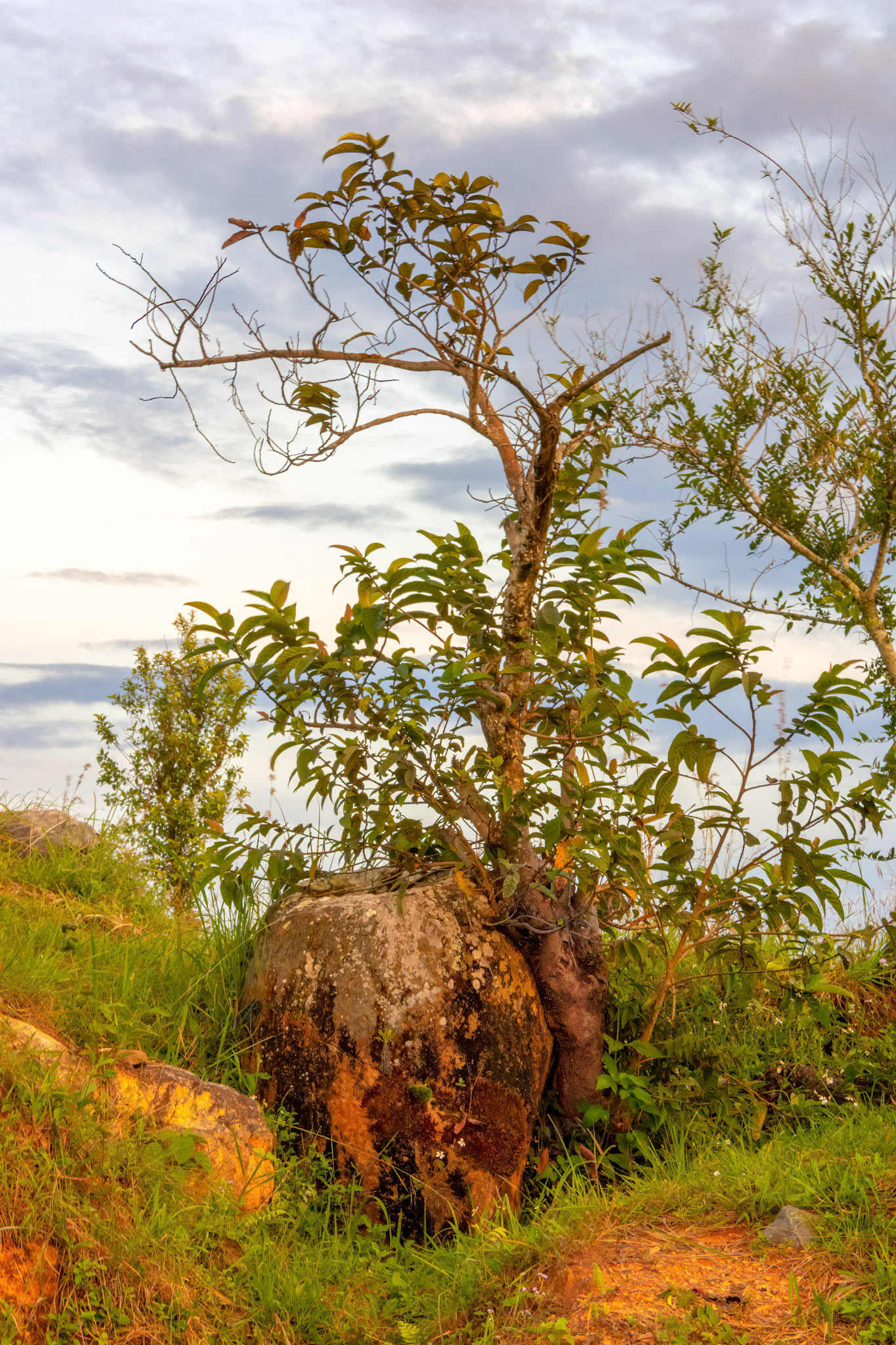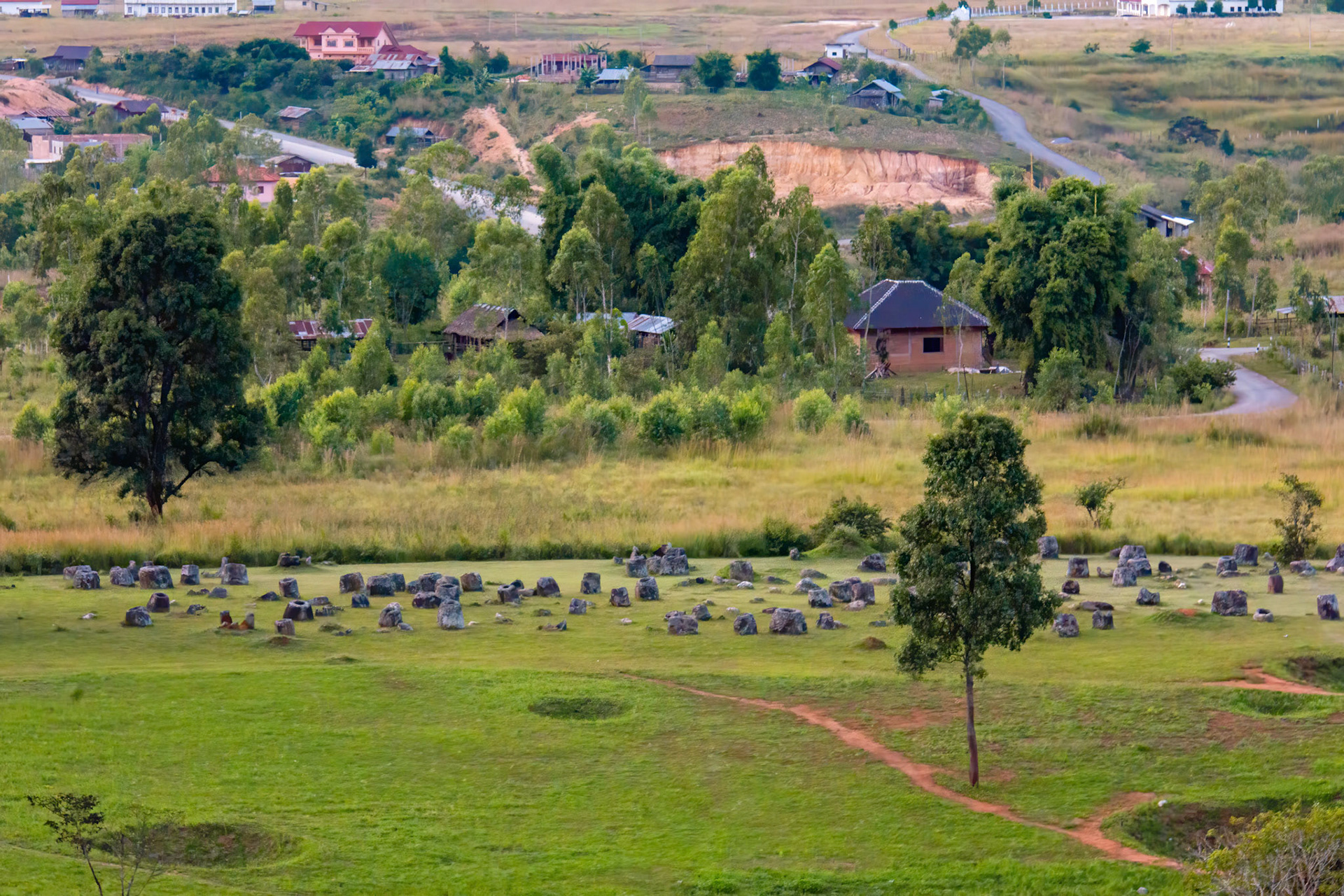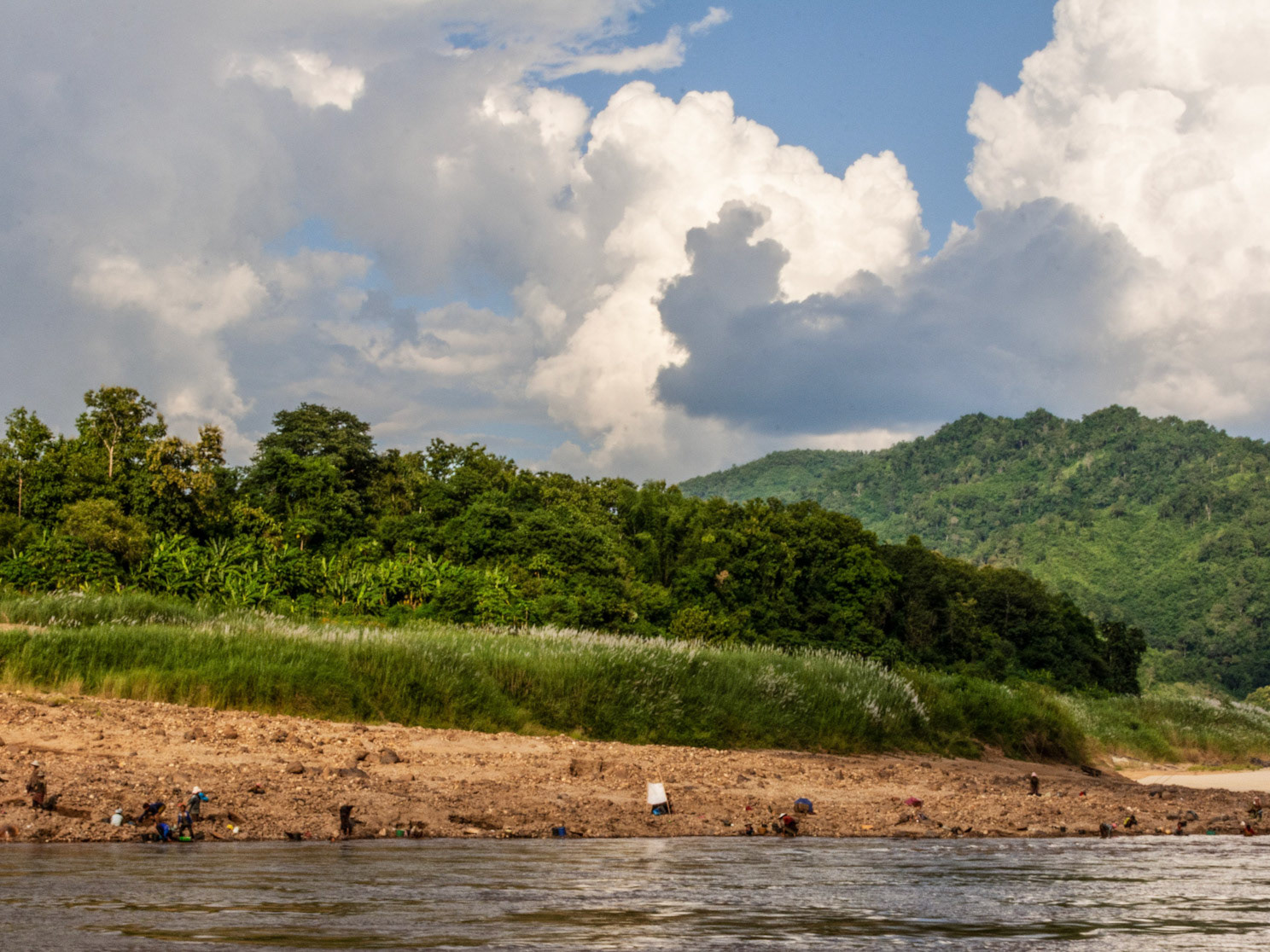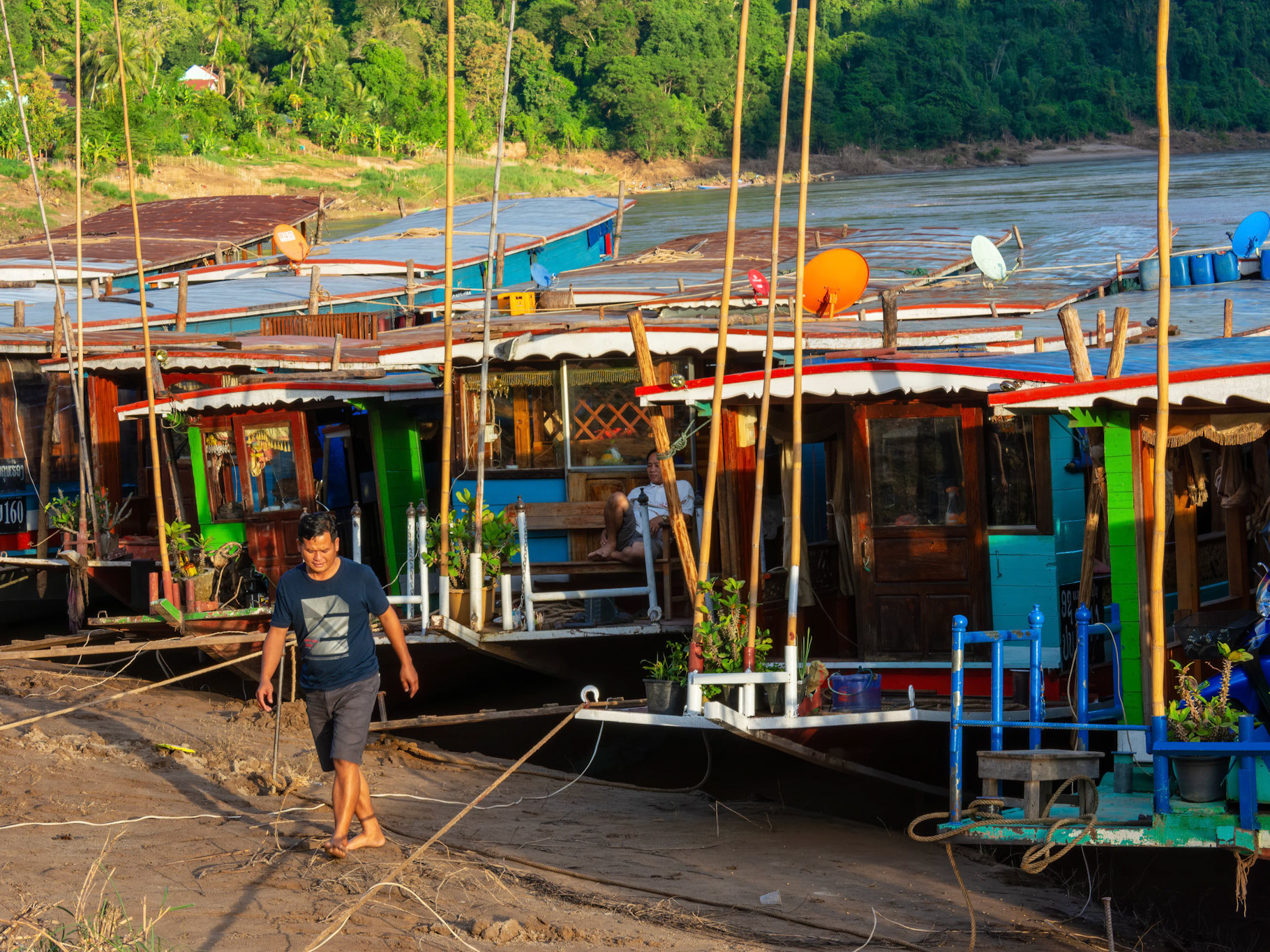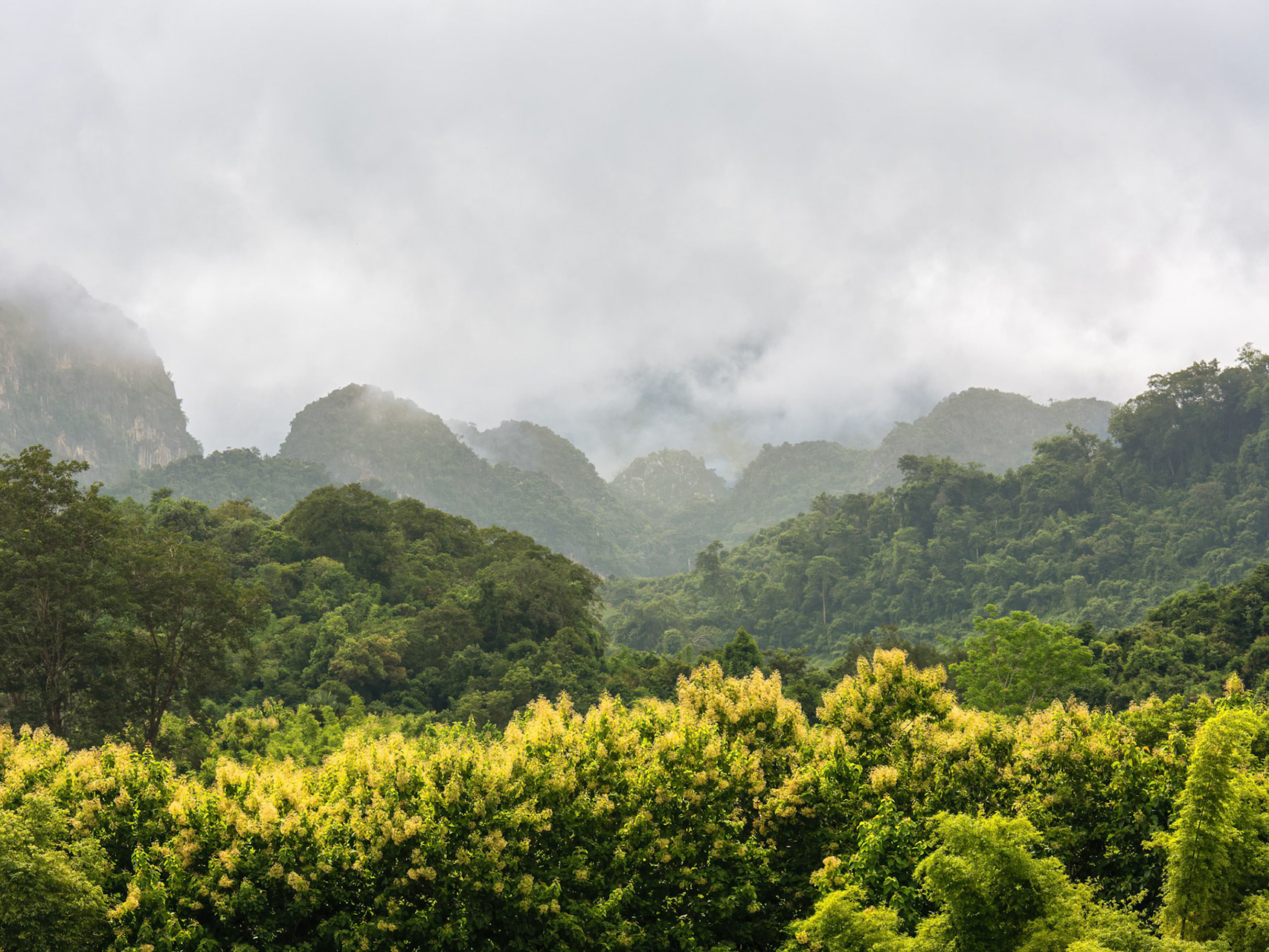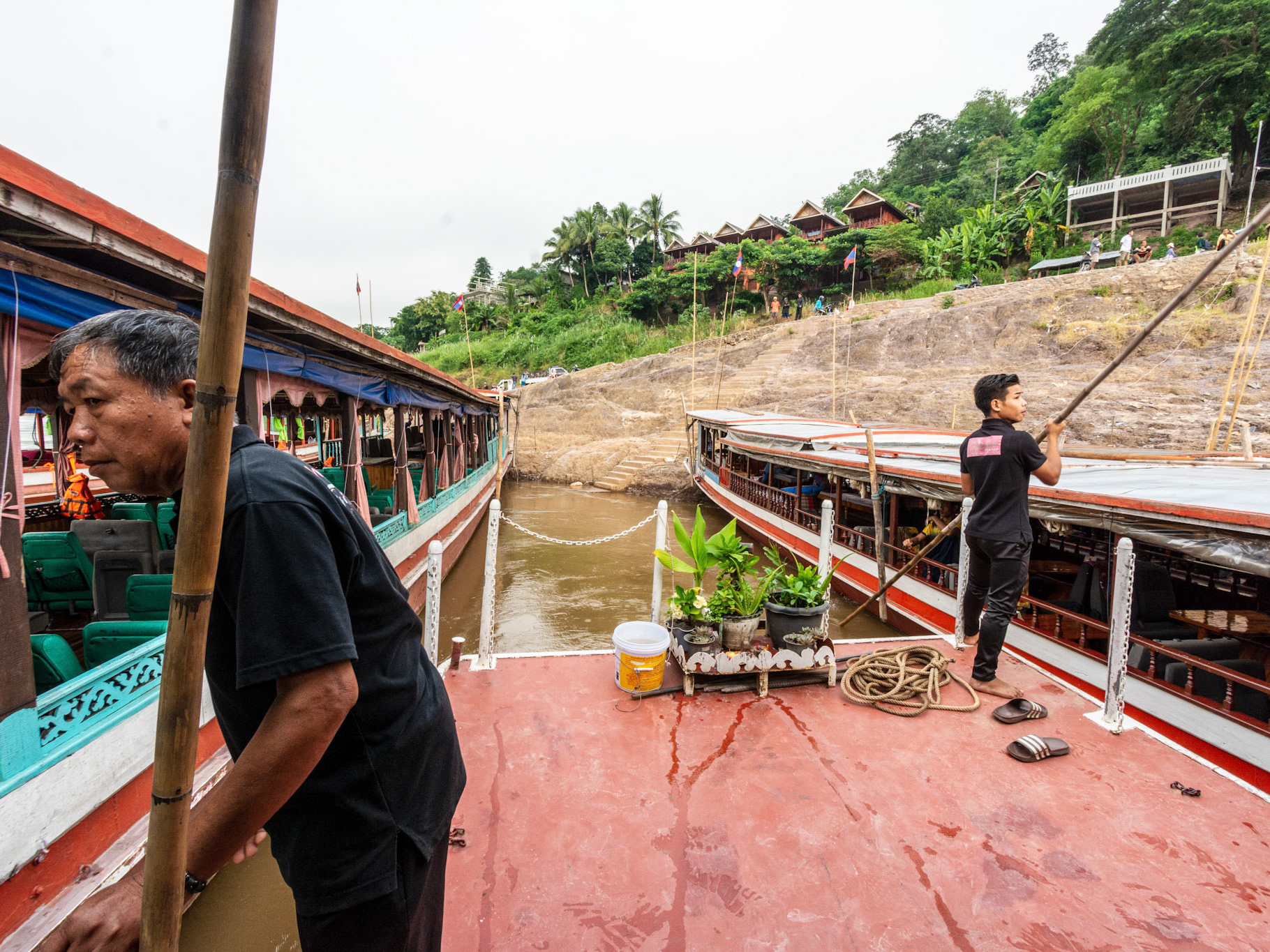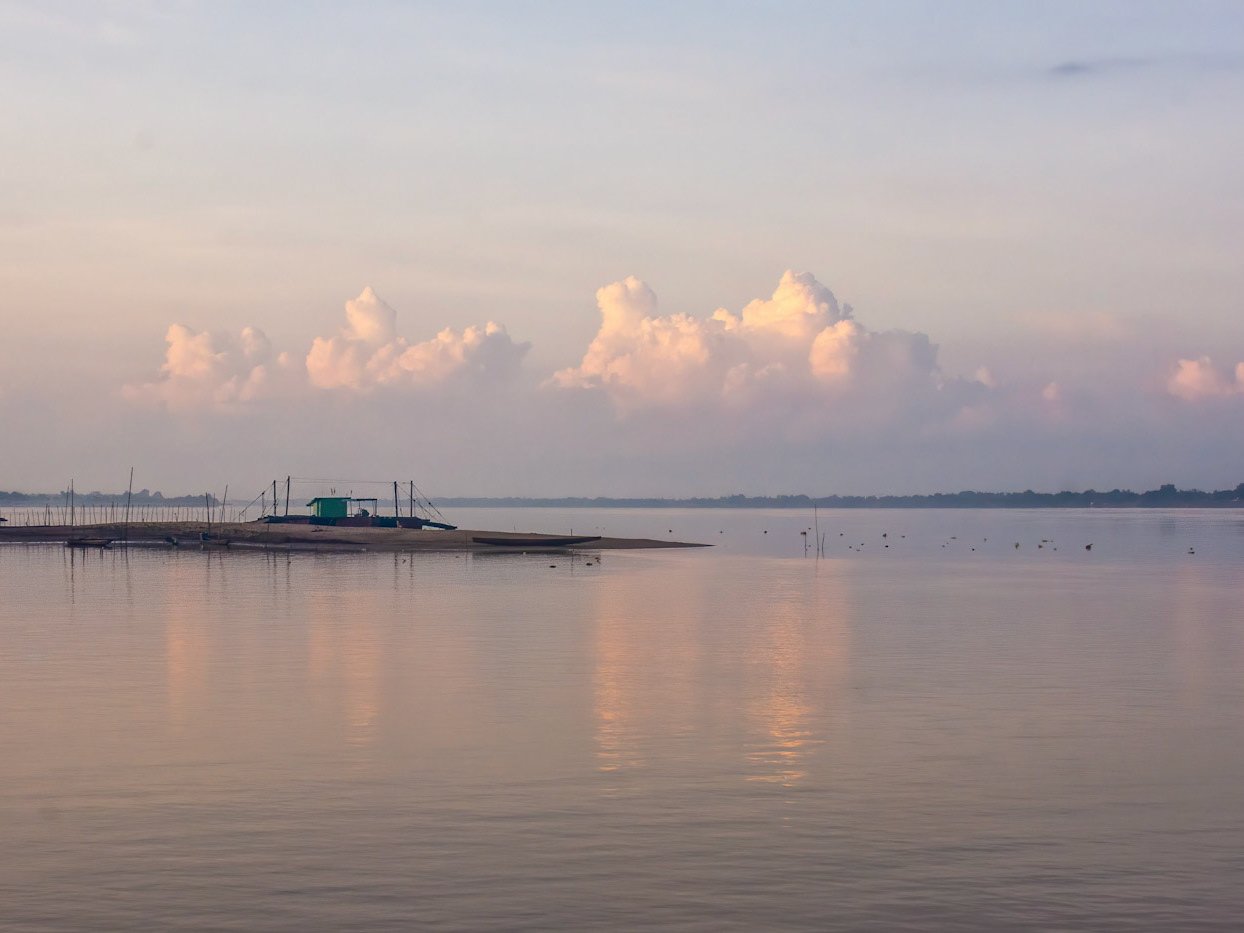To get to Phonsavan from Luang Prabang I had three choices: car- out of the question, bus- about 7 hours or plane- 45 minutes to Vientaine, 1 hour wait and then 30 minutes to Xieng Khouang; the decision made itself.
Phonsavan - ໂພນສະຫວັນ, in Xieng Khouang Province, is in the most bombed part of the most bombed country on the planet due to it's role as a key part of the Ho Chi Min Trail. Unexploded Ordinance (UXO) clearance is an ongoing project after the end of what the locals call the American War, and what the rest of the world calls the Vietnam War even though it’s probably more correct to say the Second South East Asian War given that there were more than single combatants on either side. Bomb craters punctuate the landscape in unexpected places, some buildings remain destroyed and walking tracks are marked with signs in the ground to show where it's safe and unsafe to walk. It’s worth looking at the satellite view of the area on Goggle Maps where the bomb craters are clearly visible.
The real claim to fame of the area is that it's also known as the Plain of Jars, dating from the megalithic period (500 BCE to 500 CE). Nobody really knows which culture created these jars, which are hand hewn from local rock, mainly sandstone. Local legend has it that "a king, named Khun Cheung, who fought a long and ultimately victorious battle against an enemy ... created the jars to brew and store huge amounts of lau hai" (rice beer or whisky). While colourful it's not correct, evidence seems to point to the jars being part of local burial practices.
The plane came into the dusty bungalow style airport, reminiscent of Australian country airports of the 1960s and 70s. Even though it was an internal flight foreigners, such as me, had to go through passport control before exiting. There was a group of local guides clustered outside, one of whom approached me and said he was from the guest house and would take me there, "all included". Of course it wasn't but he did sell me a really good two and a half day tour, lunch included, for a reasonable price, which meant I saw more than I otherwise would have. We went to the office in town, to swap cars, and then headed straight out to Jar Site 1.
Site 1 roughly circles around a limestone kharst containing an enlarged natural cave with holes cut into its ceiling; it’s thought the cave had been used as a crematorium and the holes were for smoke vents. Now the cave contains a large number of statues and it seems to be a Buddhist shrine. Only one of the jars out of the over two thousand in the entire district has any form of of decoration: an etched bas-relief of a figure that resembles a human frogman. I was unable to get a good image of the figure, mainly because it’s extremely faint in the first place and the light wasn’t striking at a good angle.
See Wikipedia
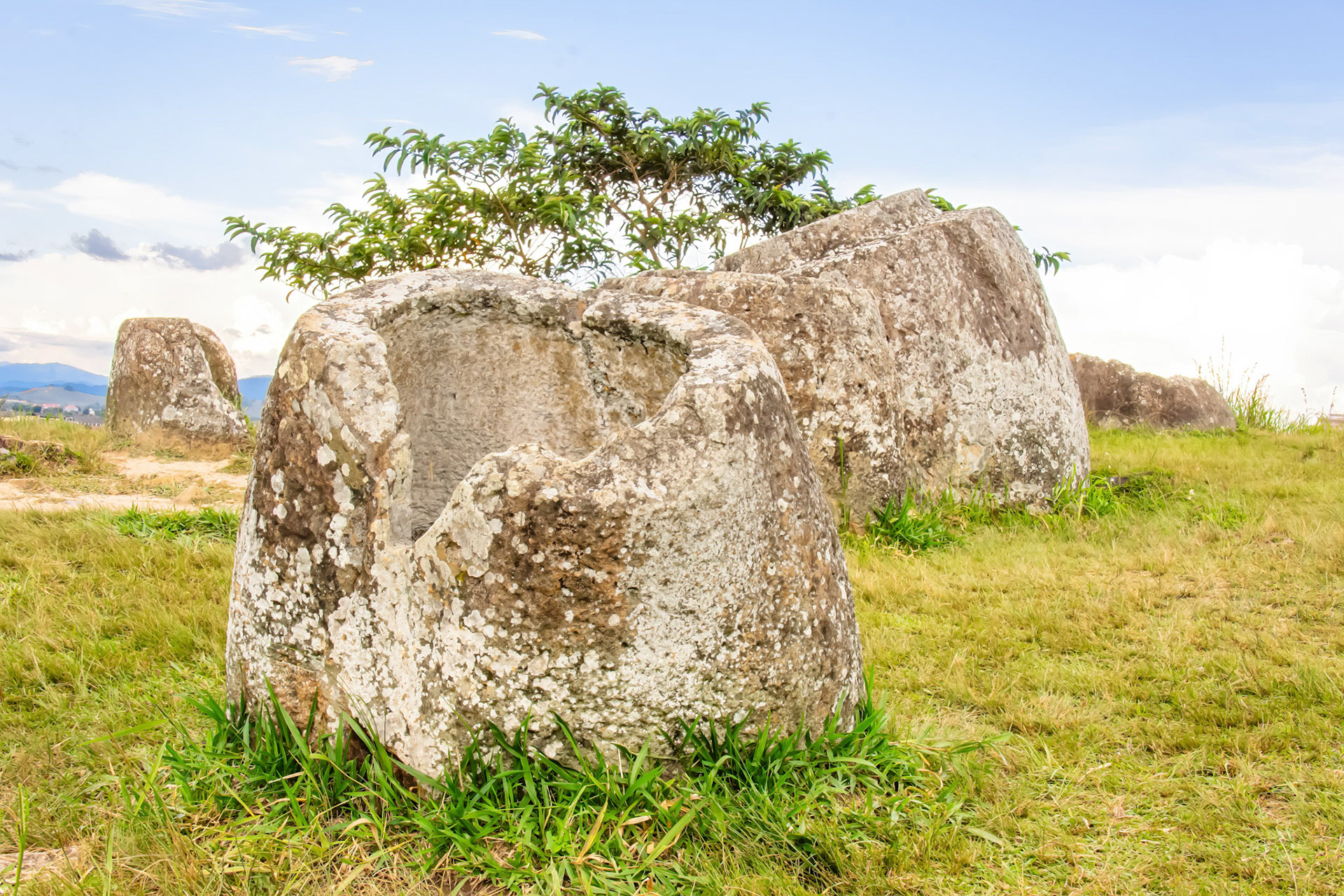

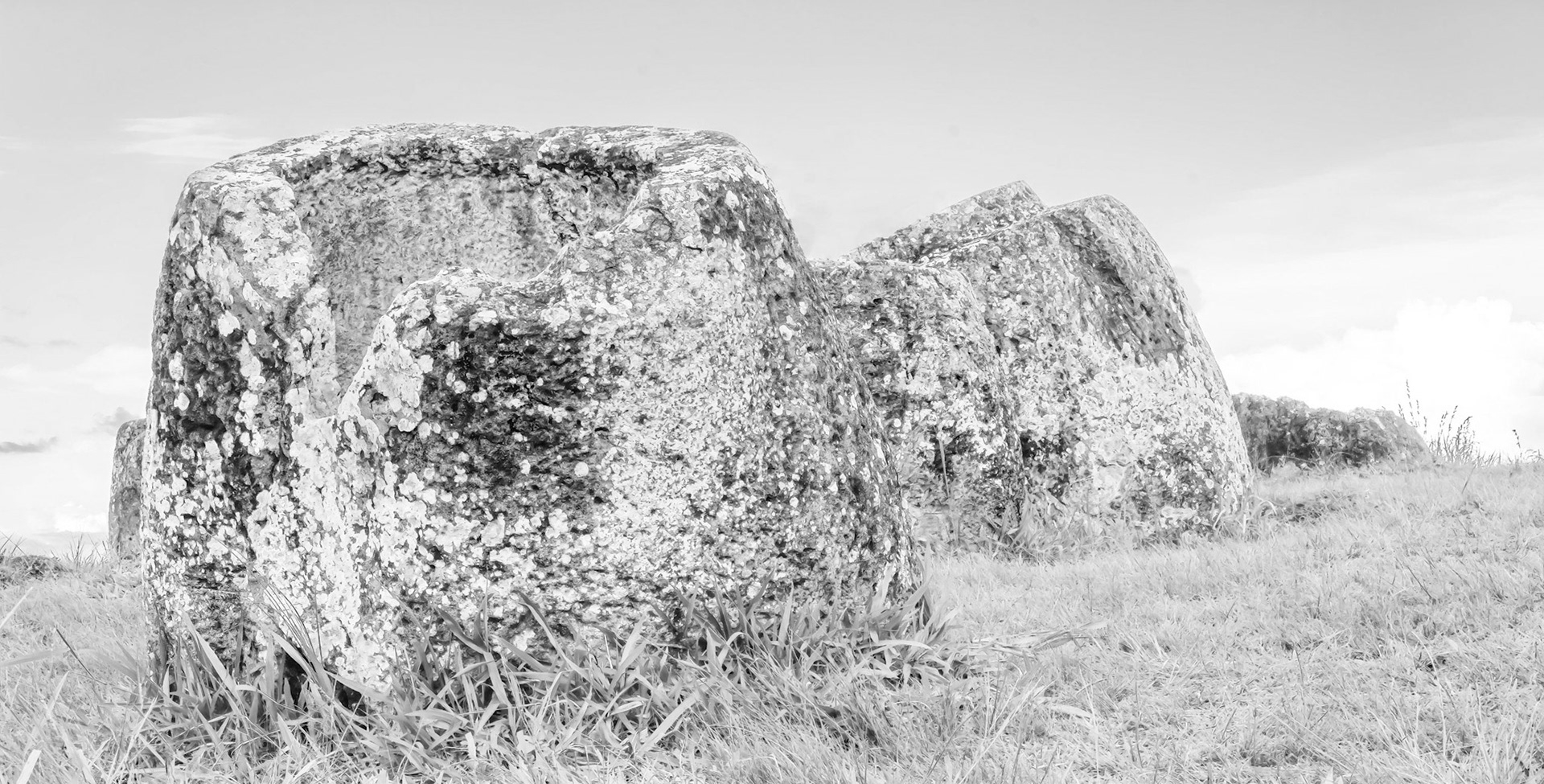

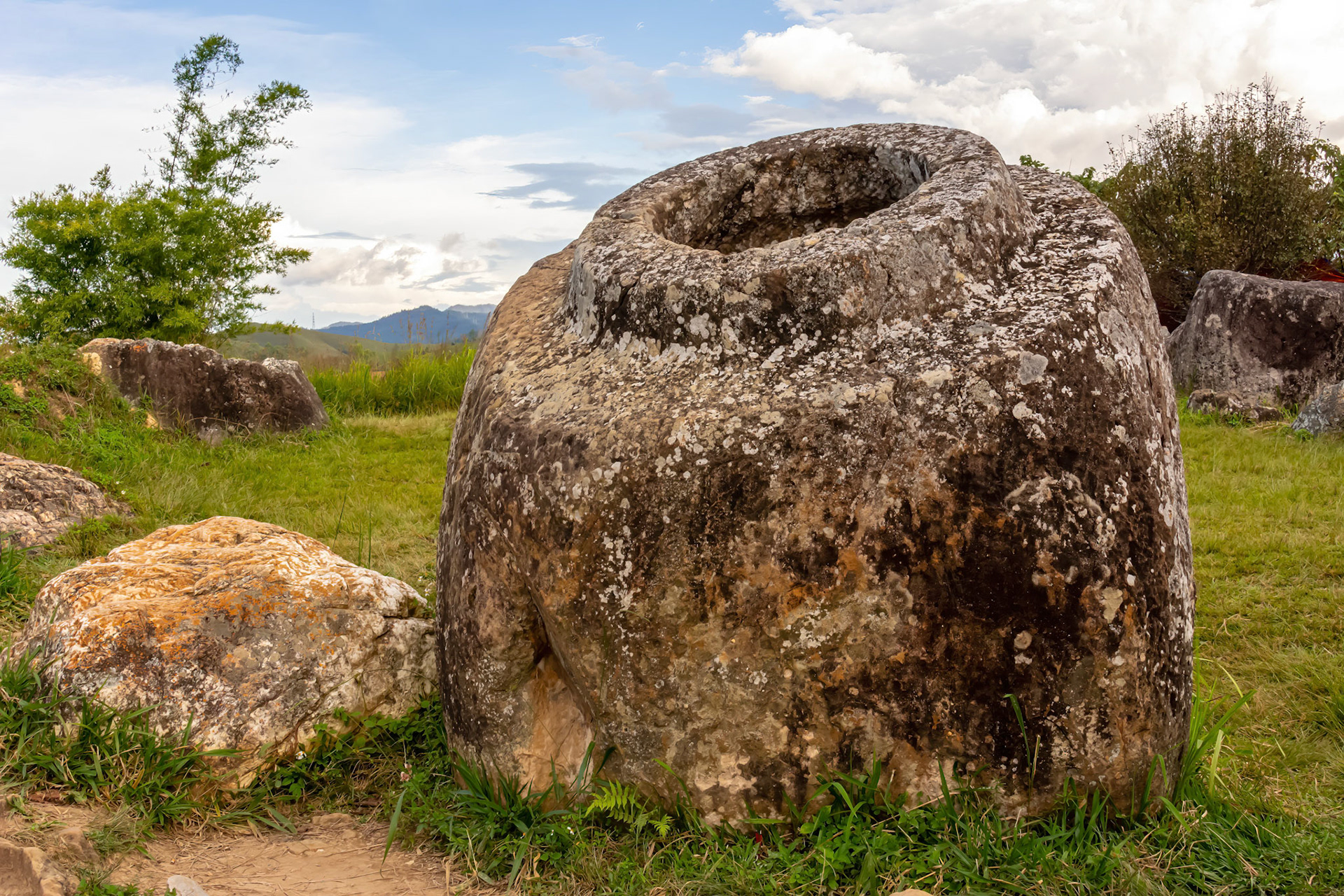

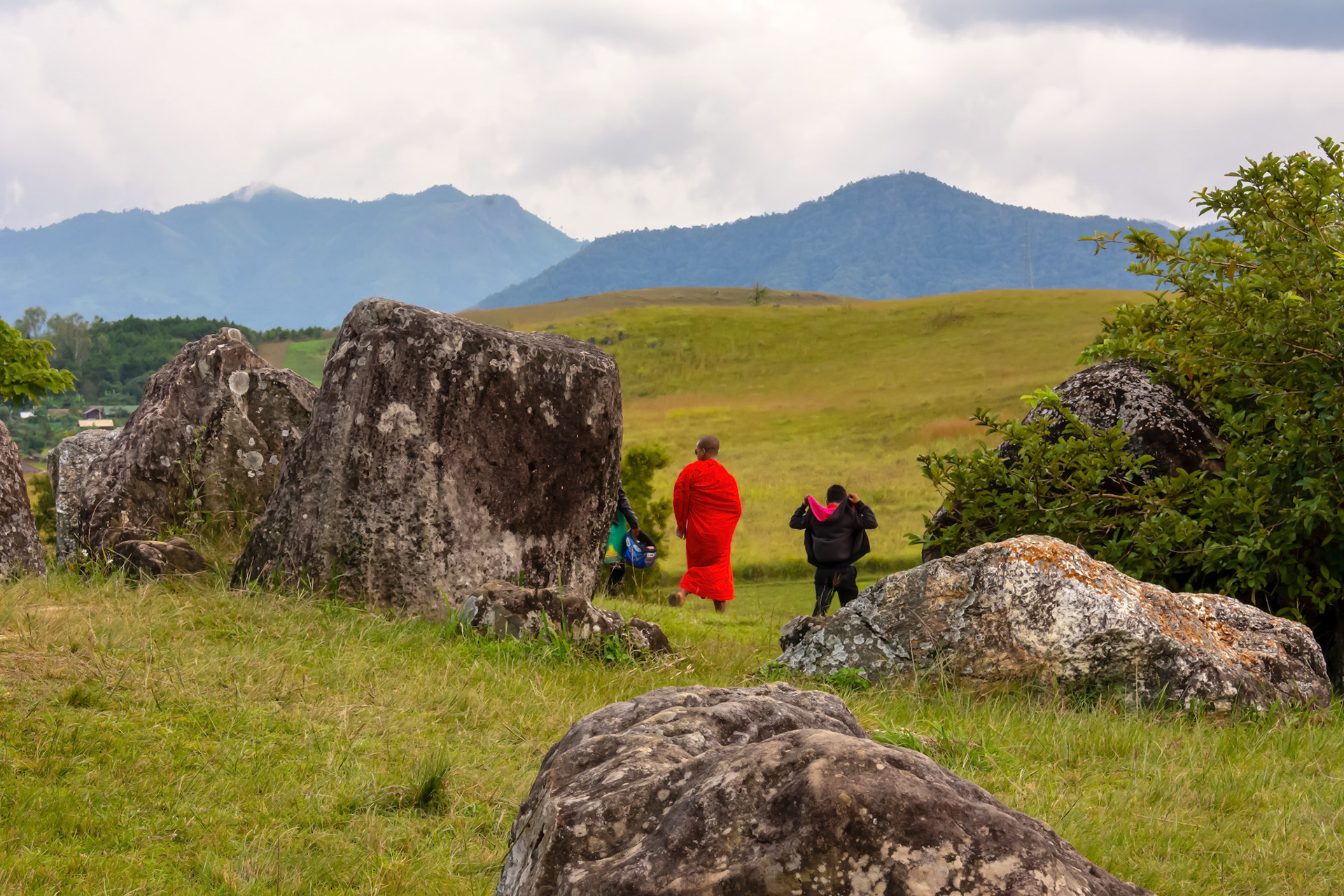
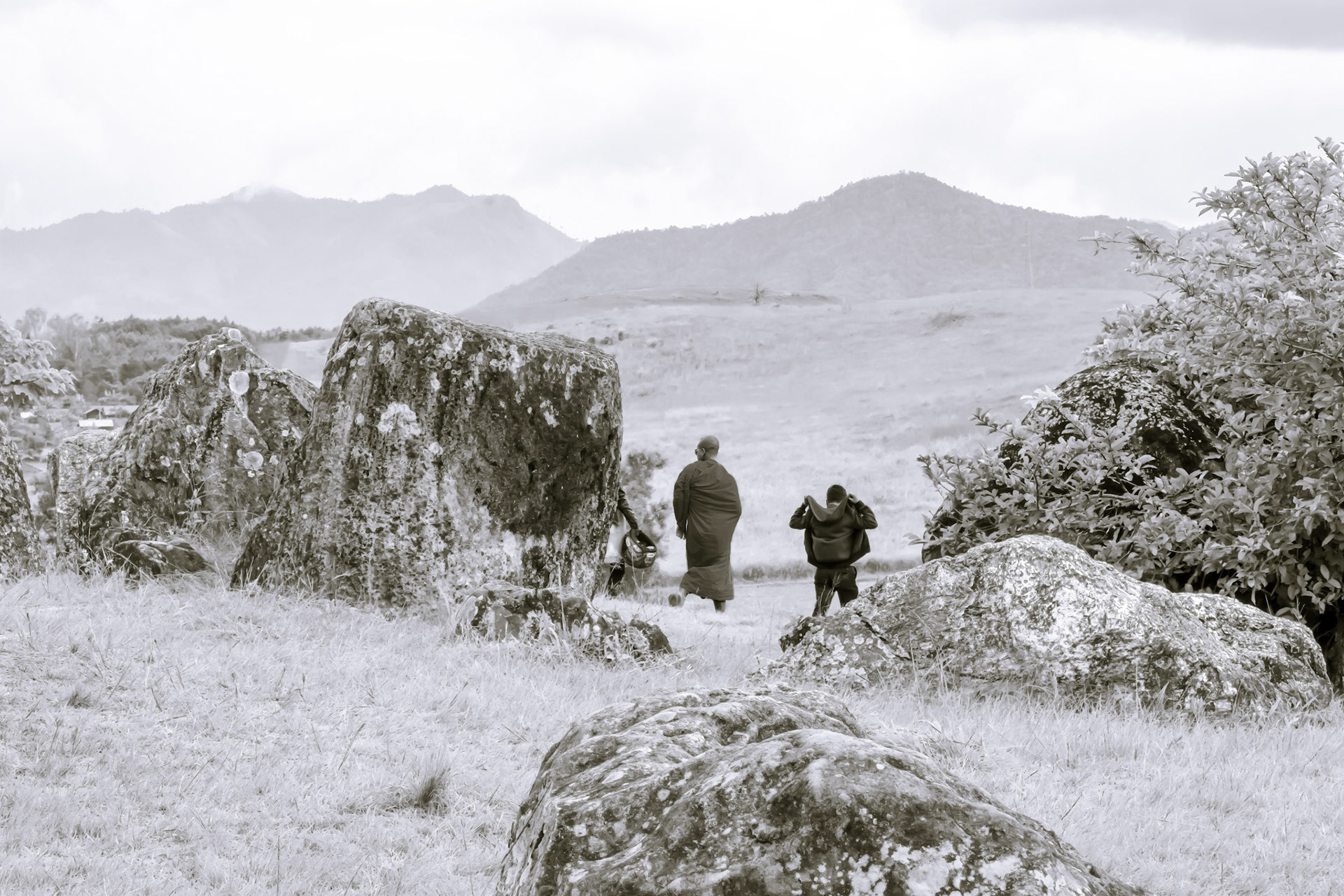

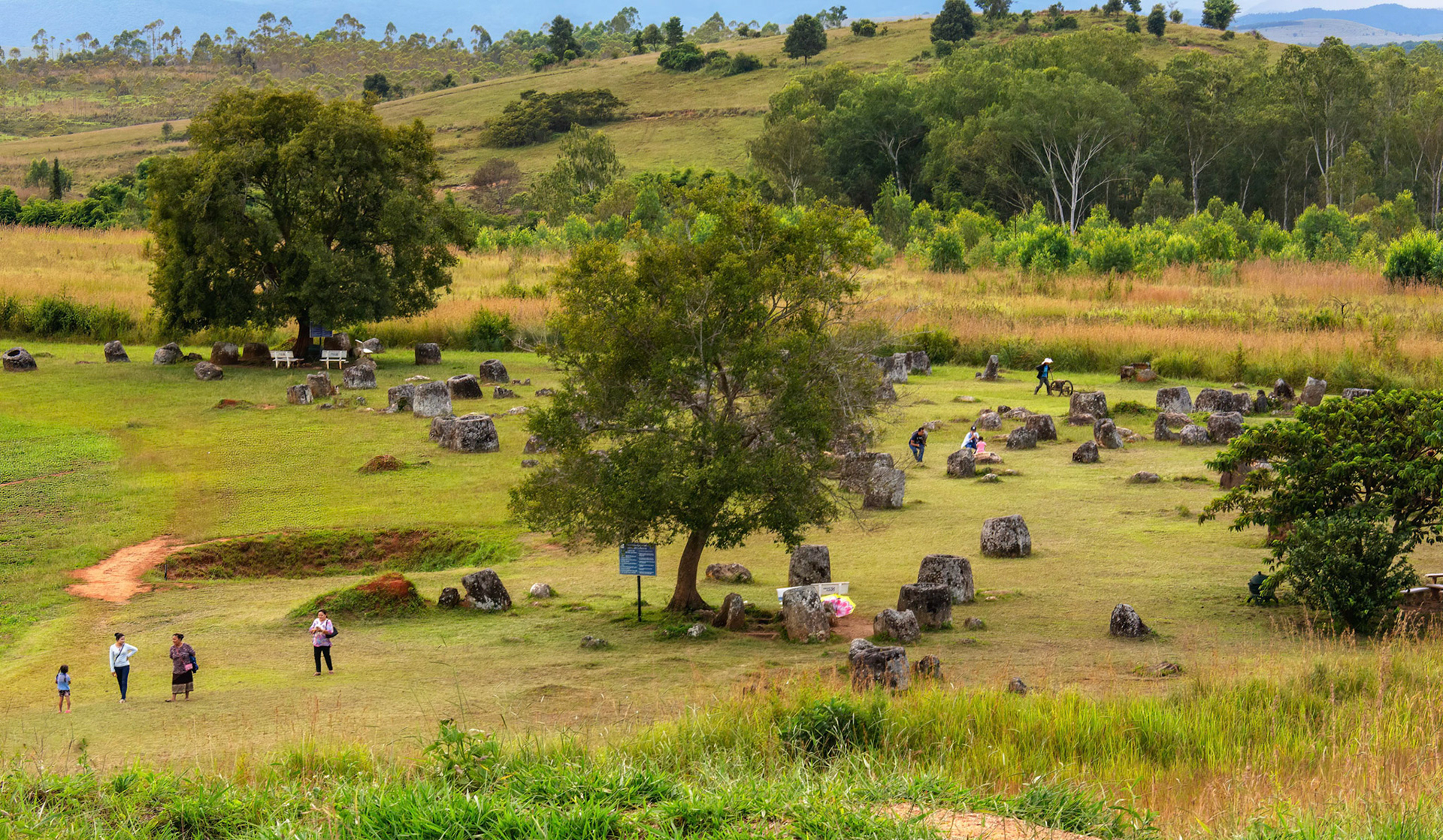
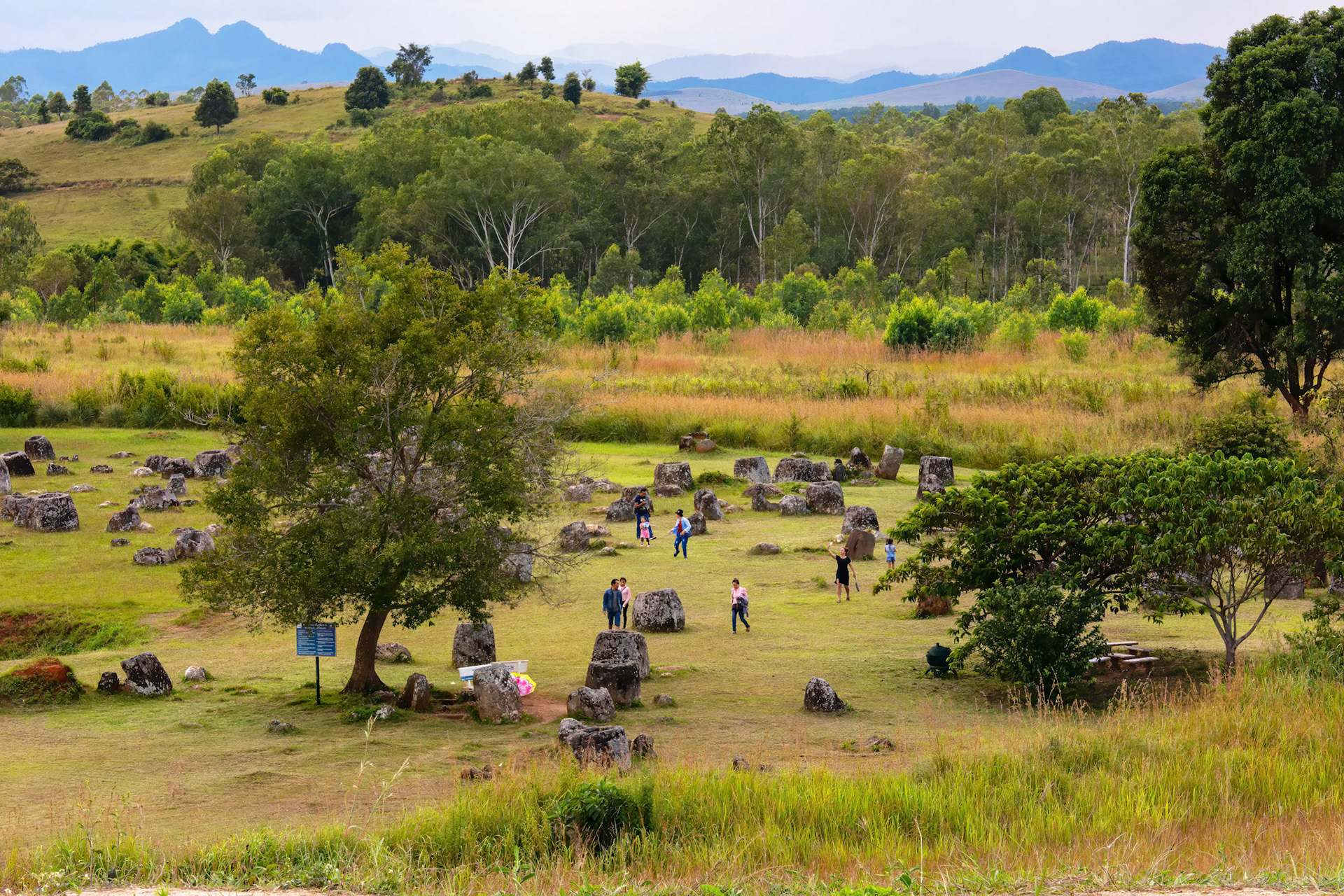
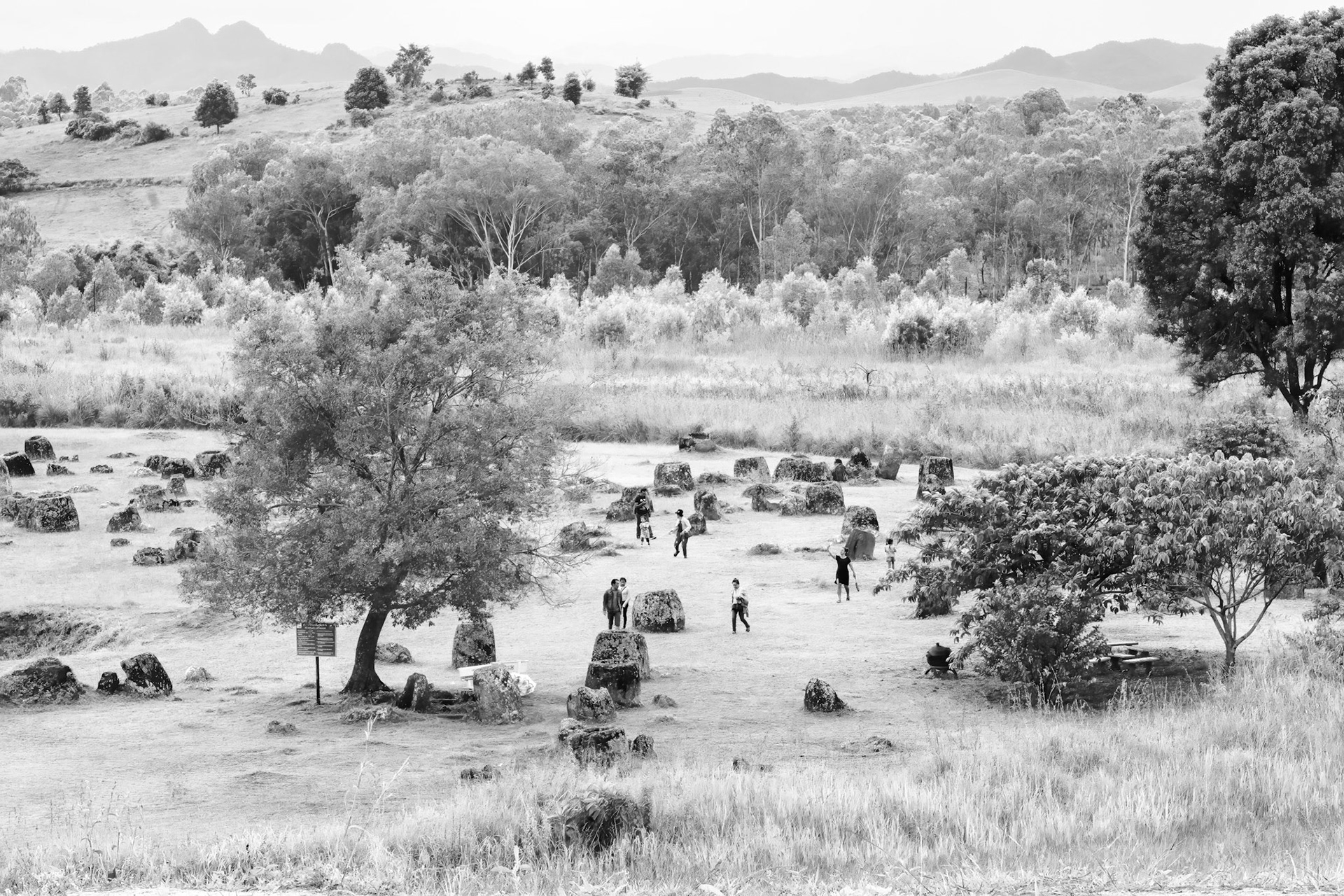
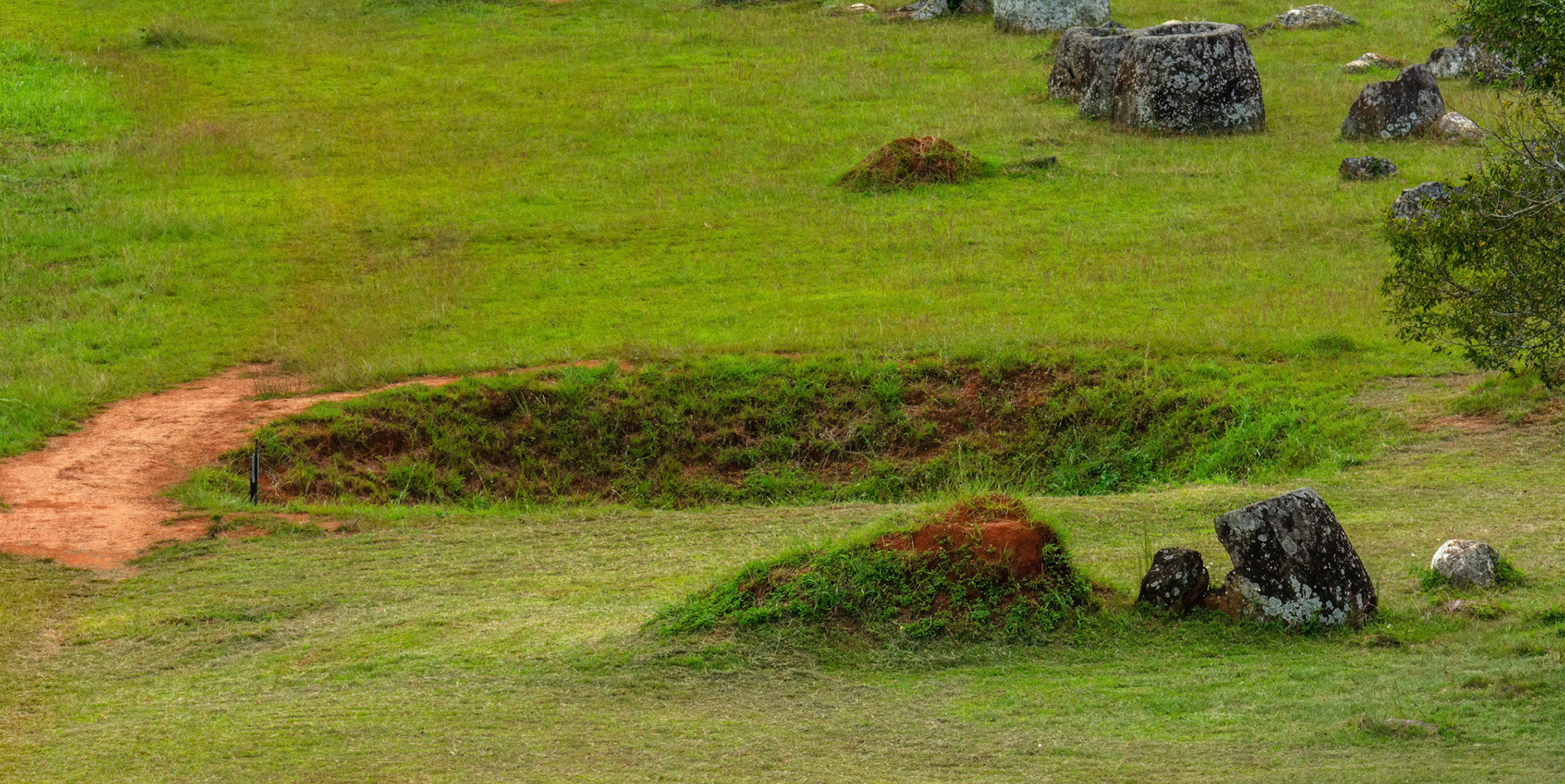
Bomb Crater
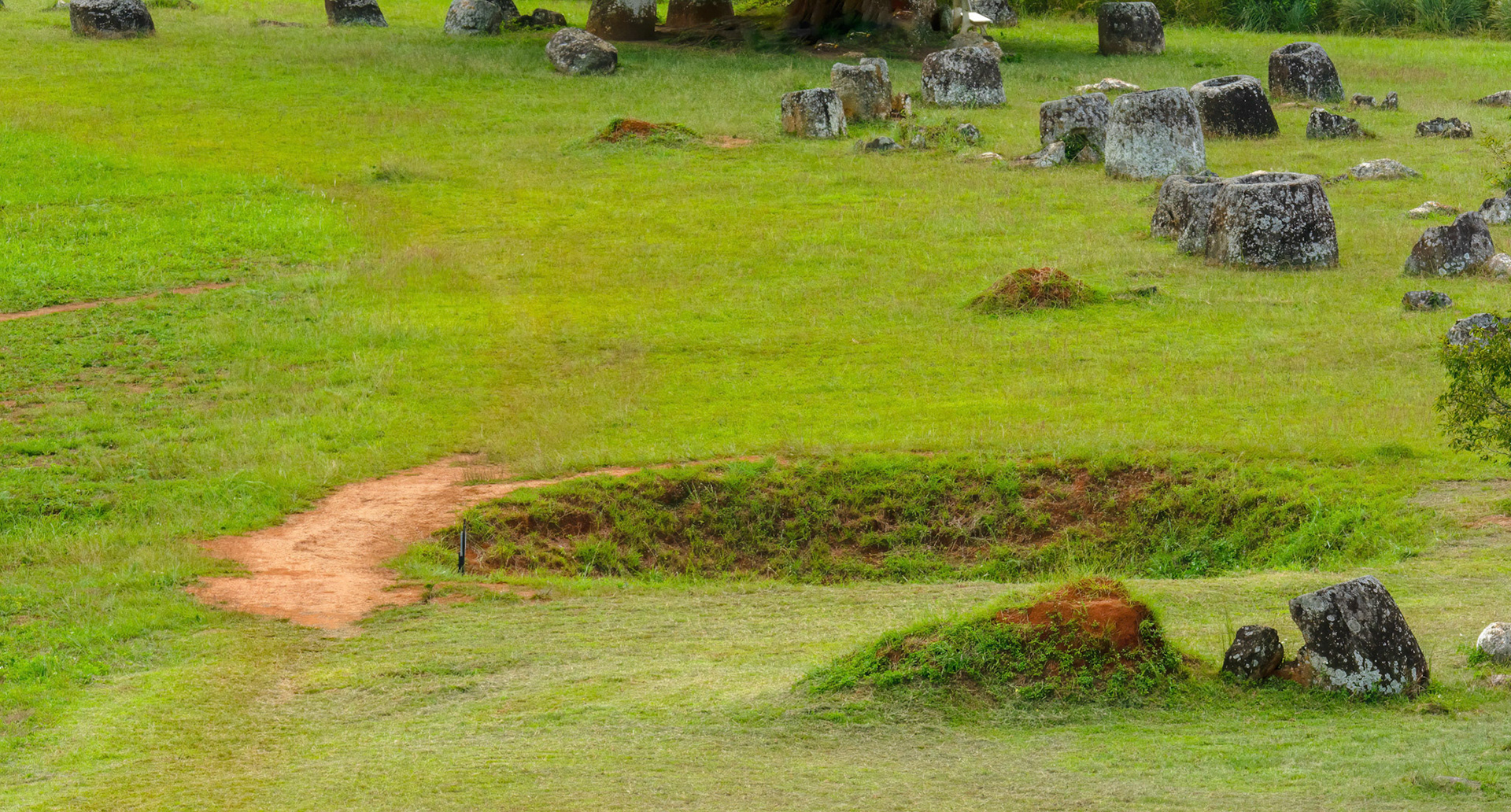
Bomb Crater
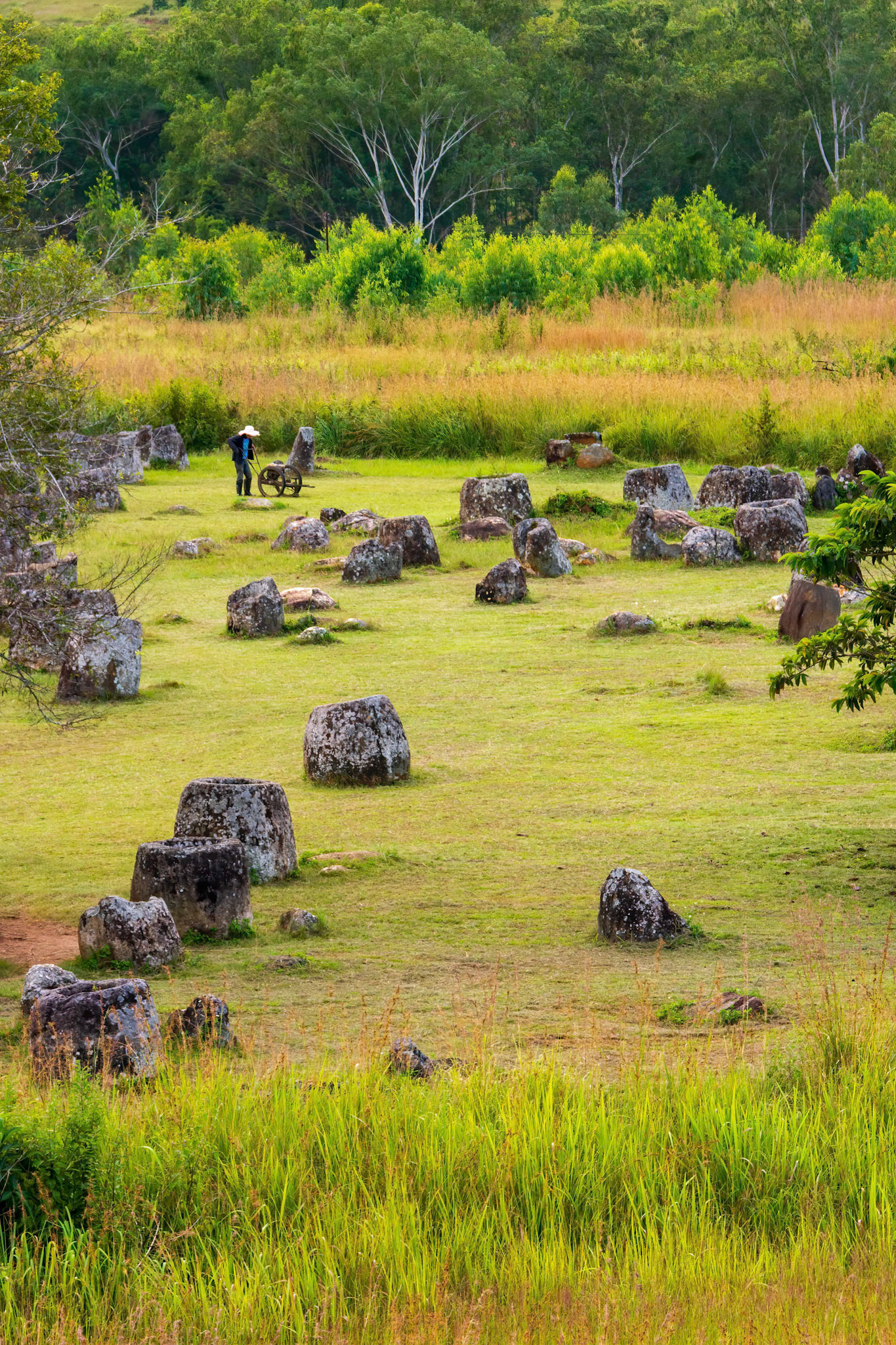

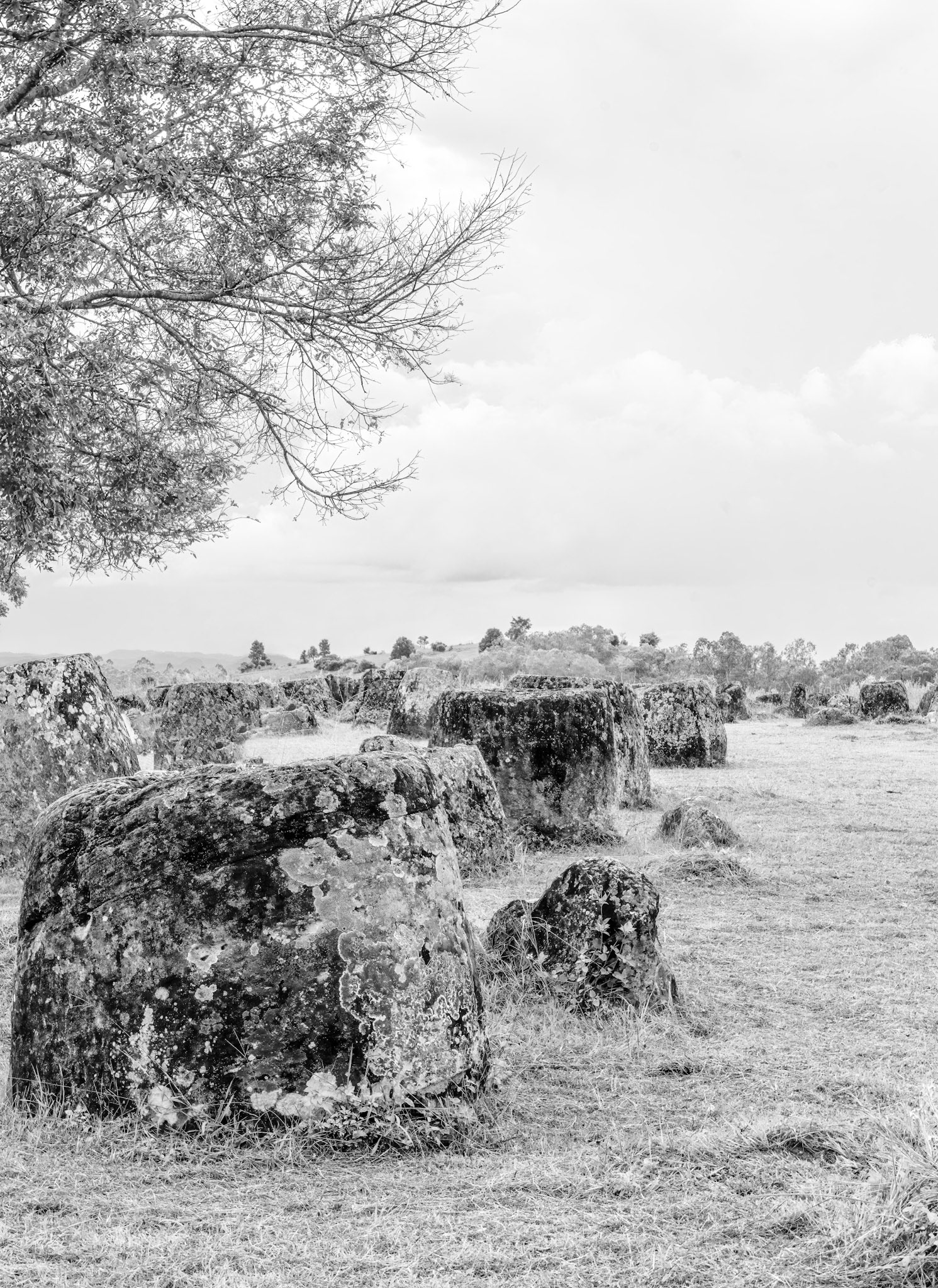

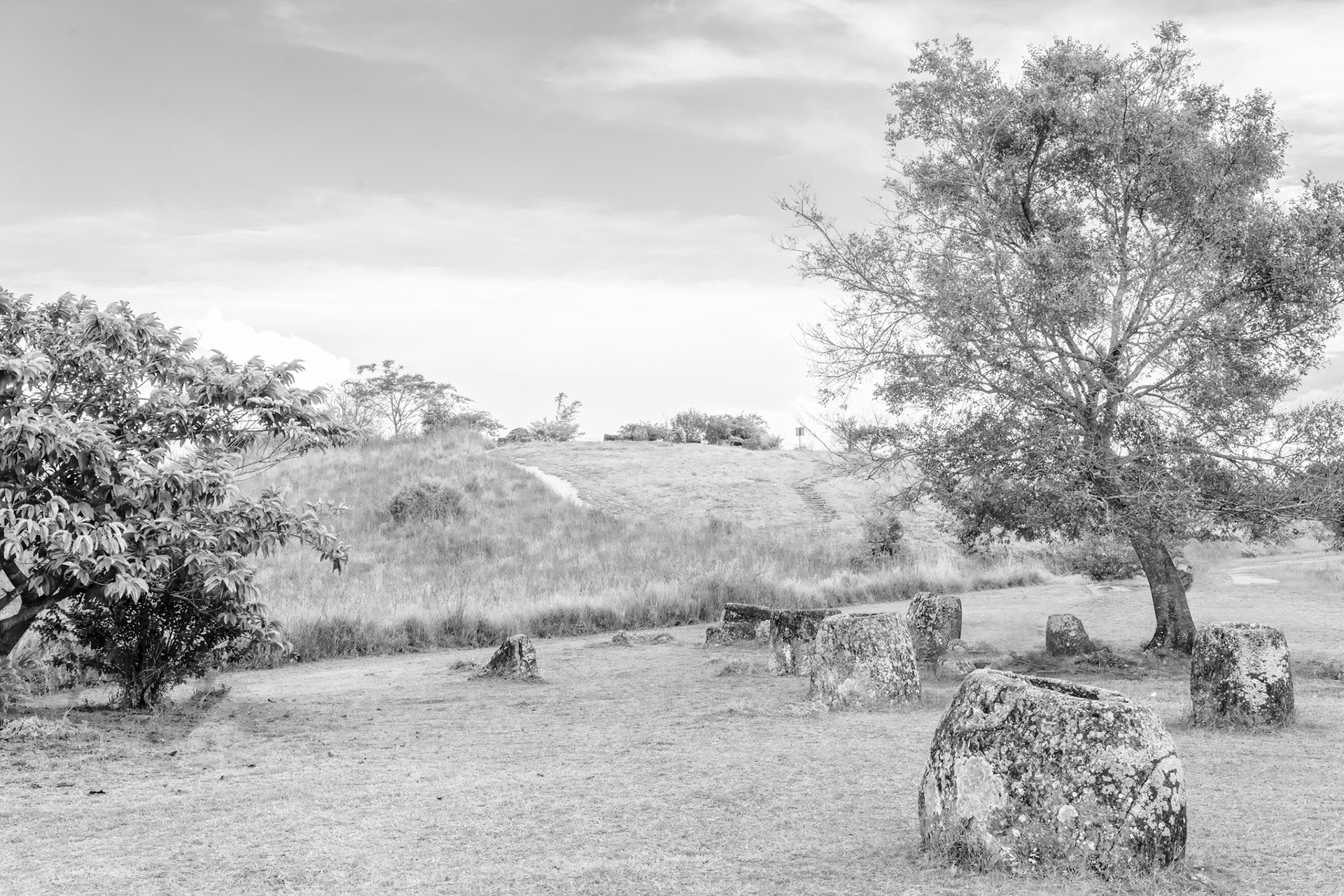


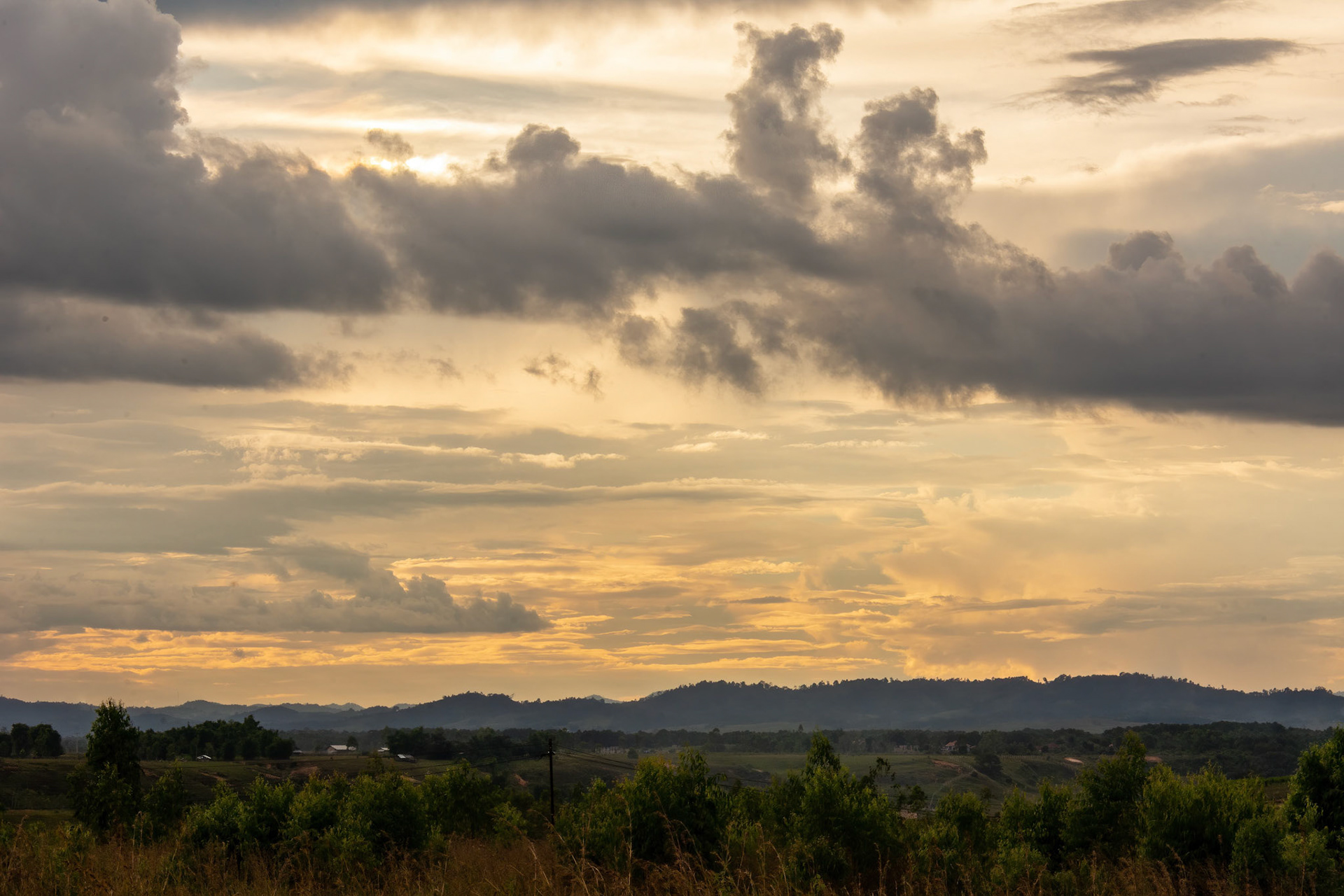
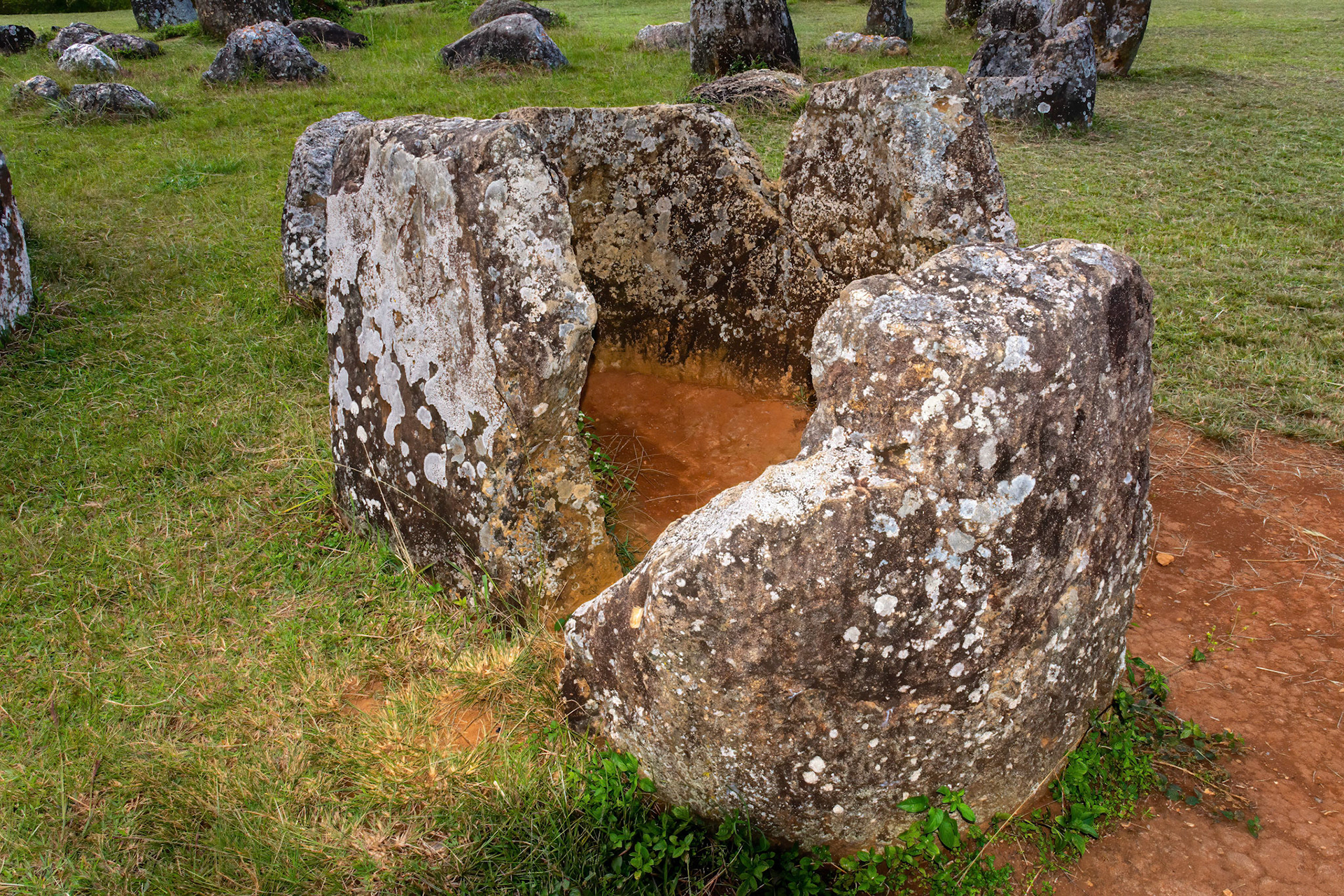
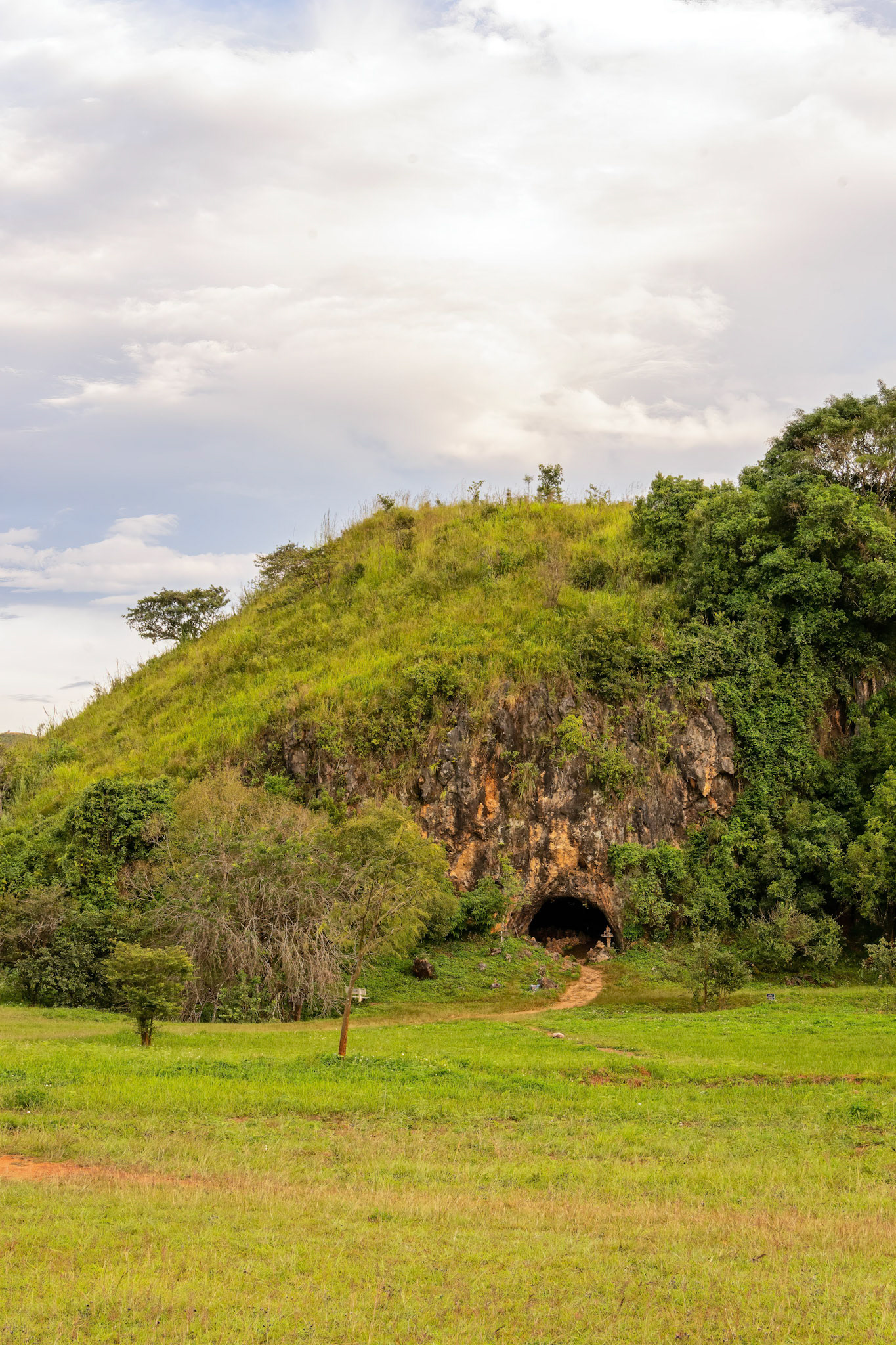
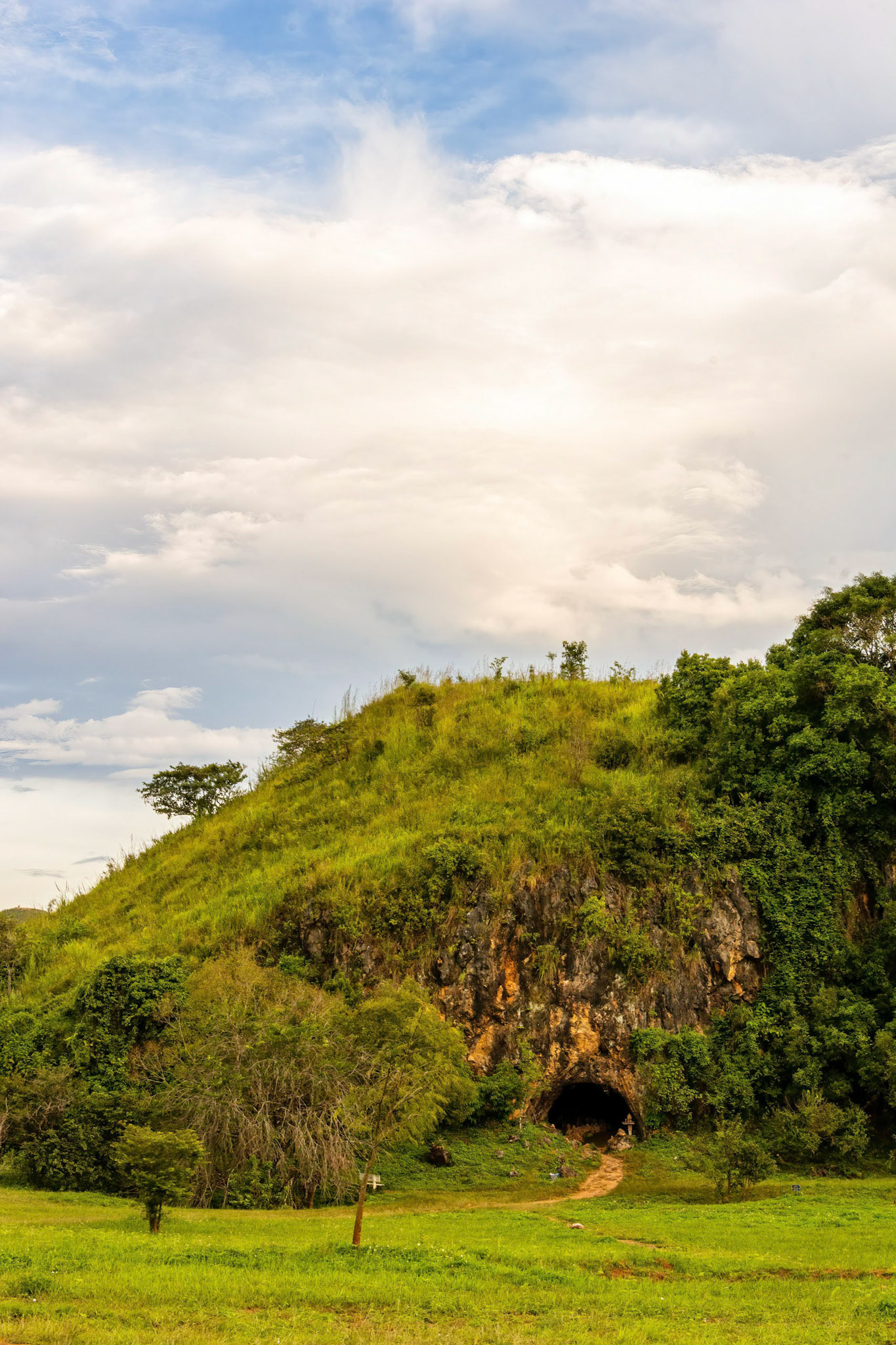
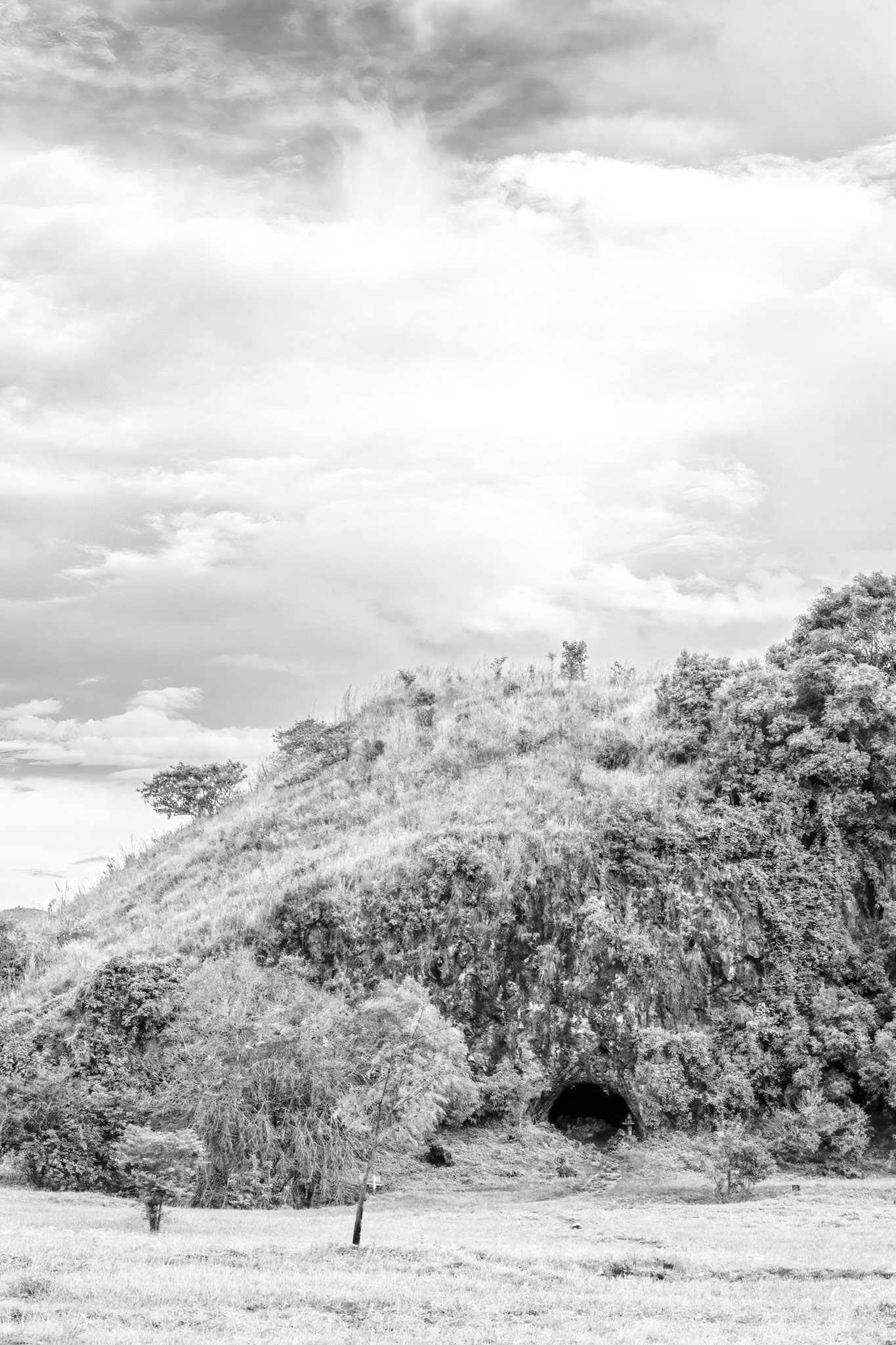
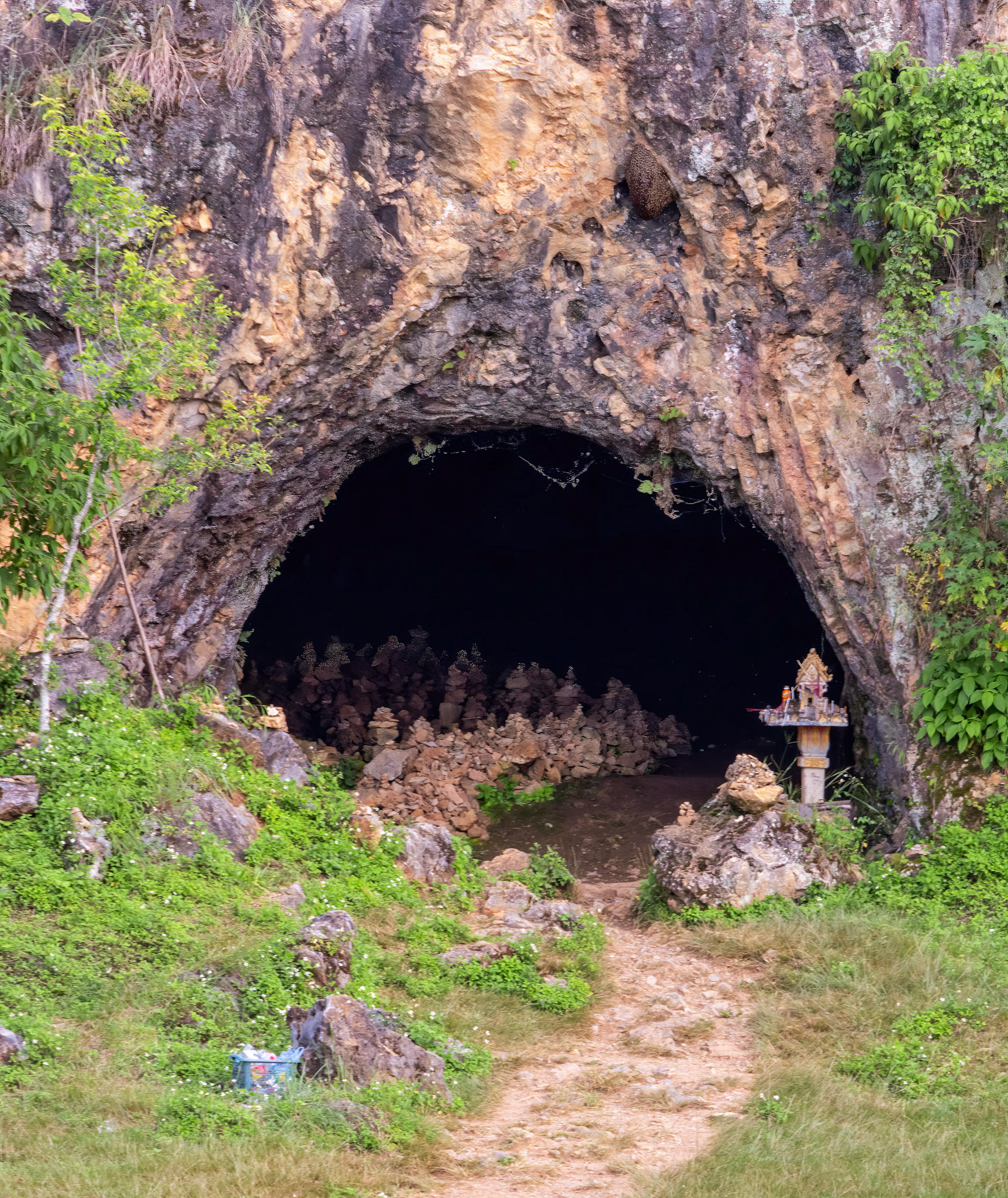
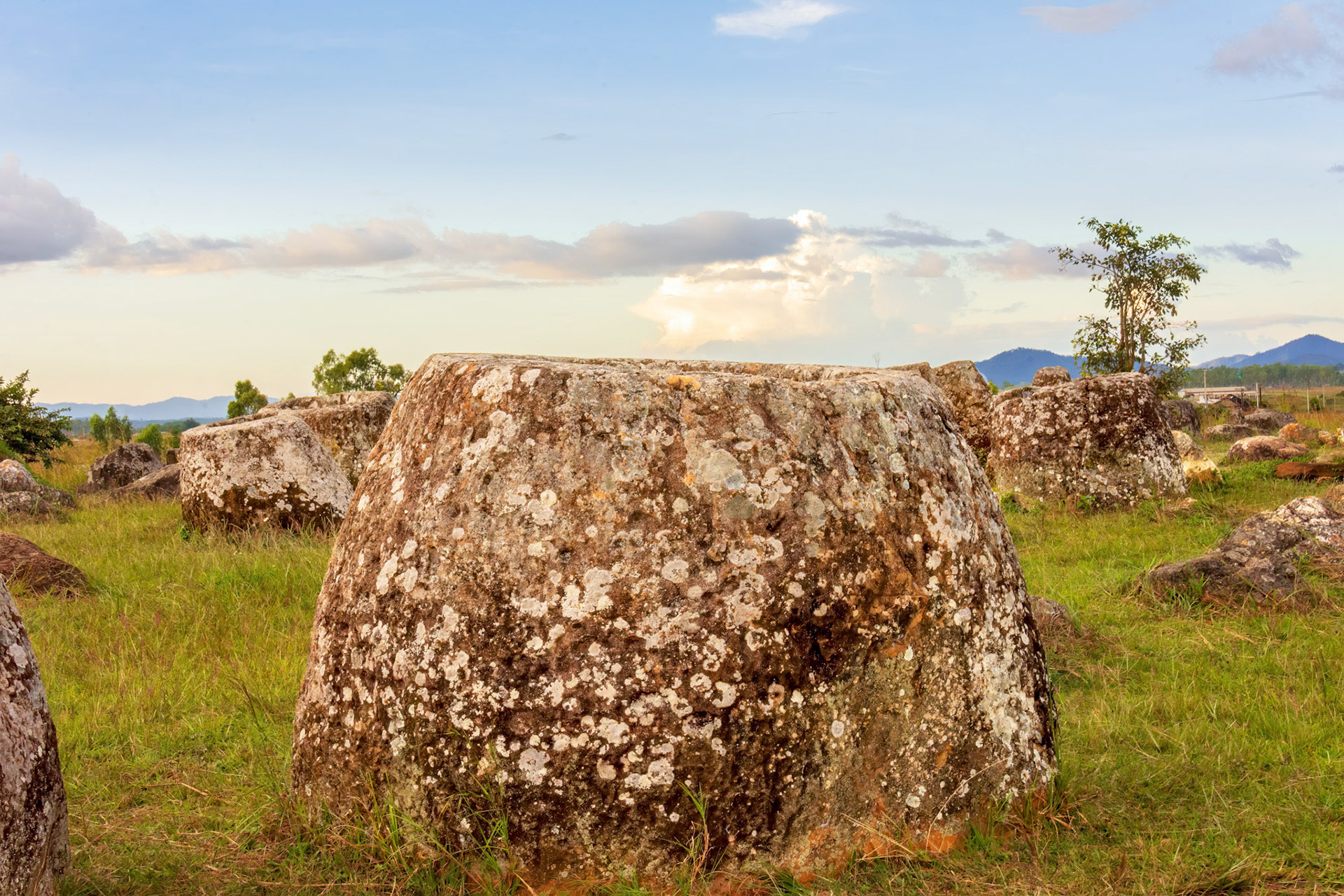


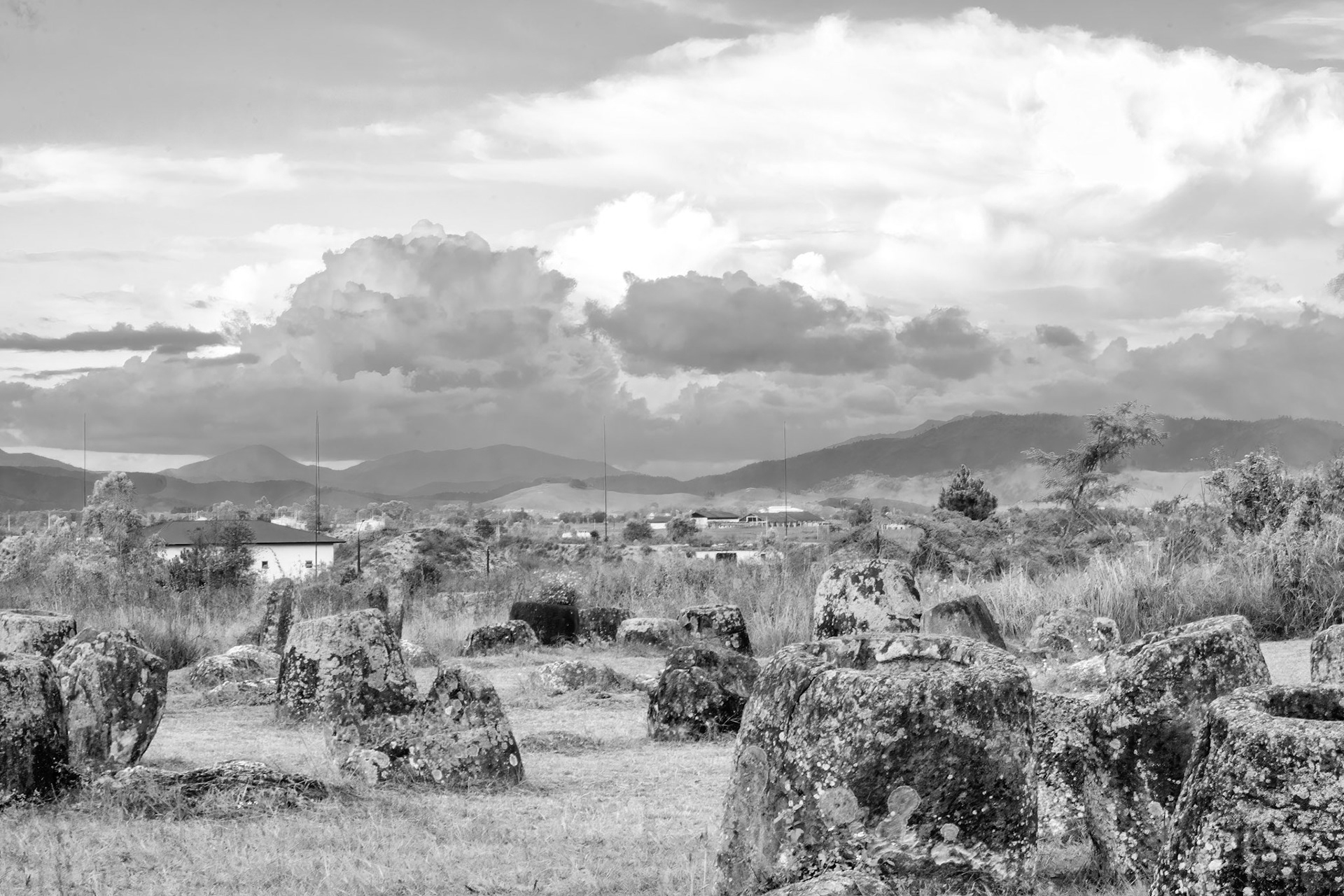



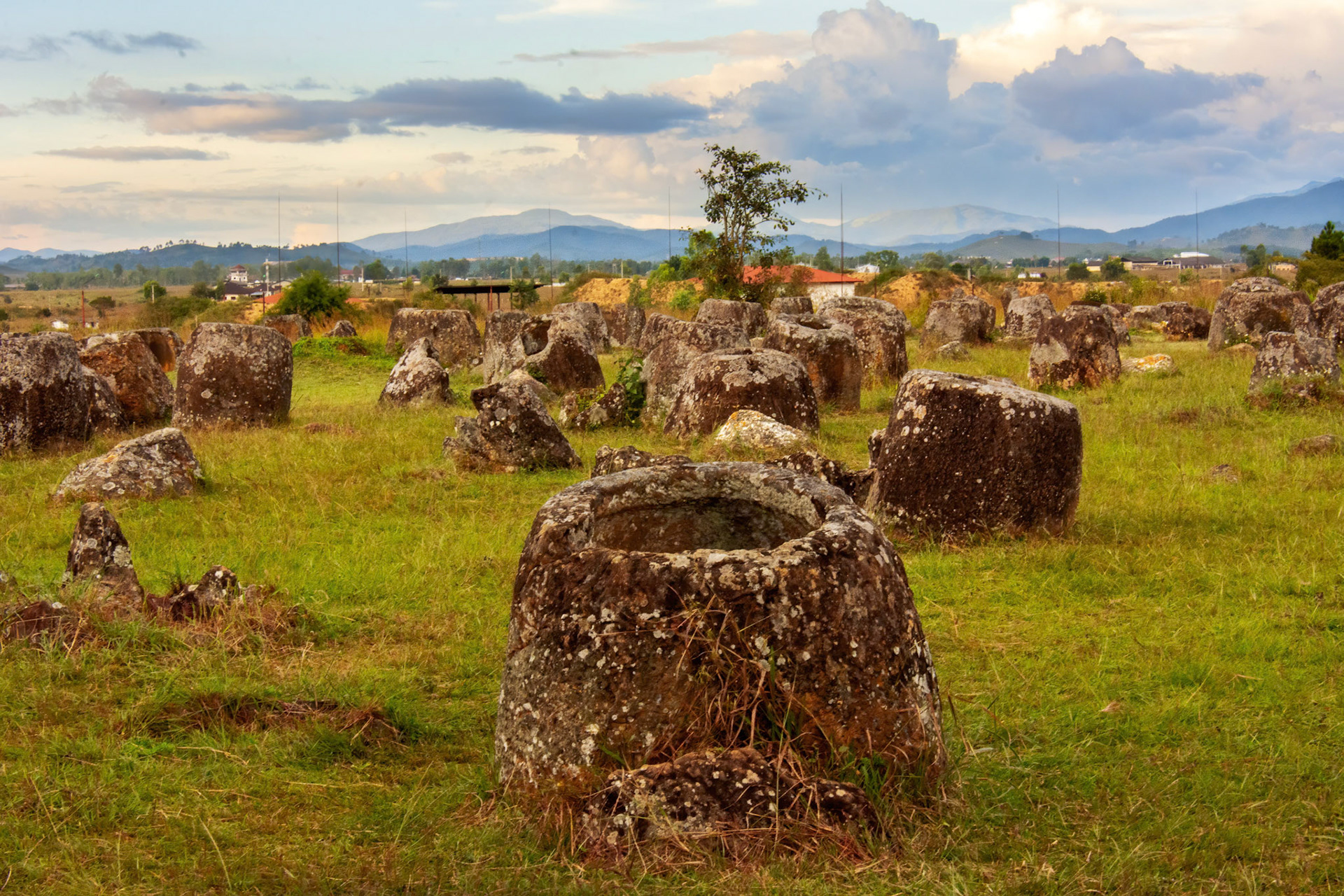

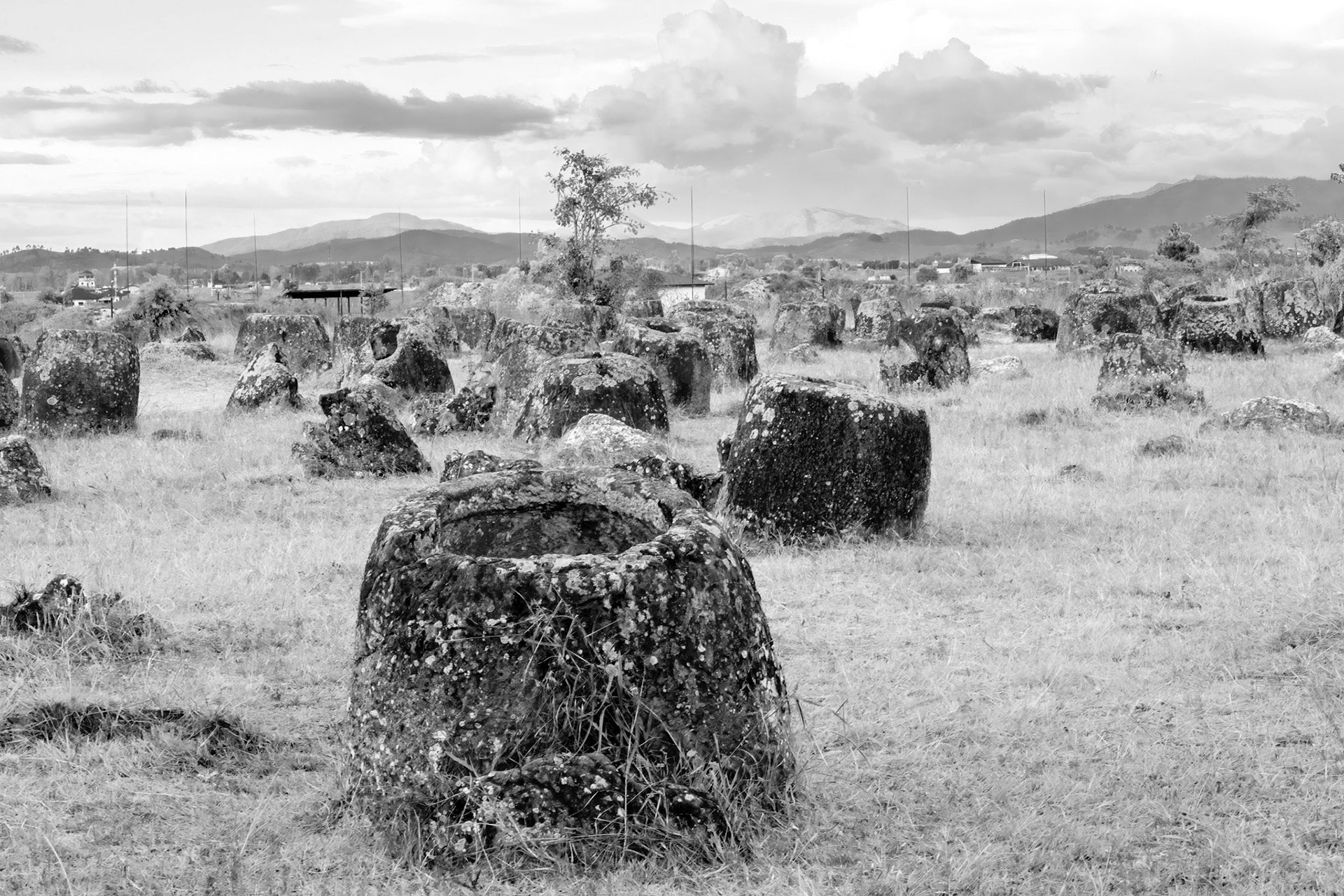

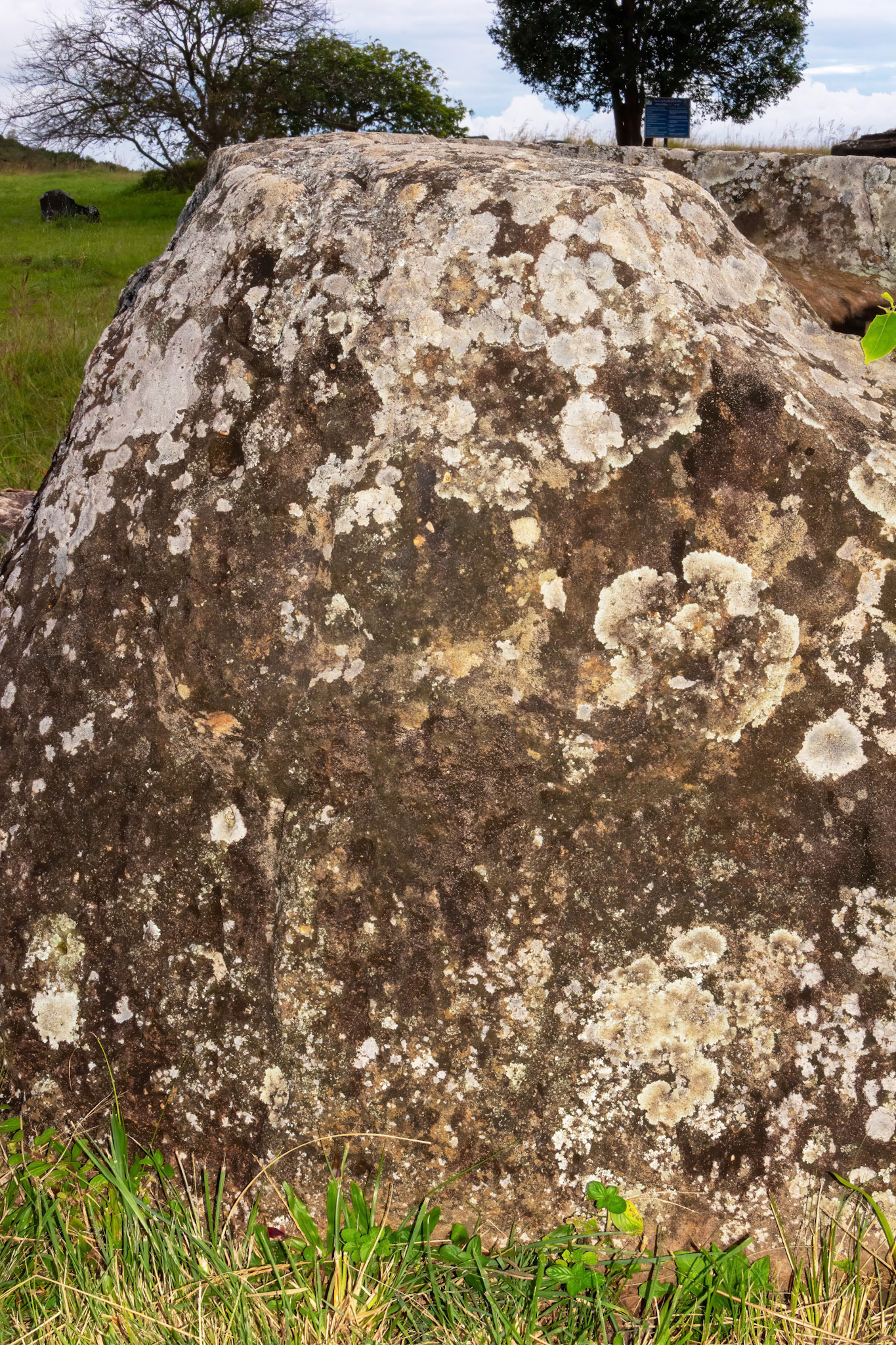
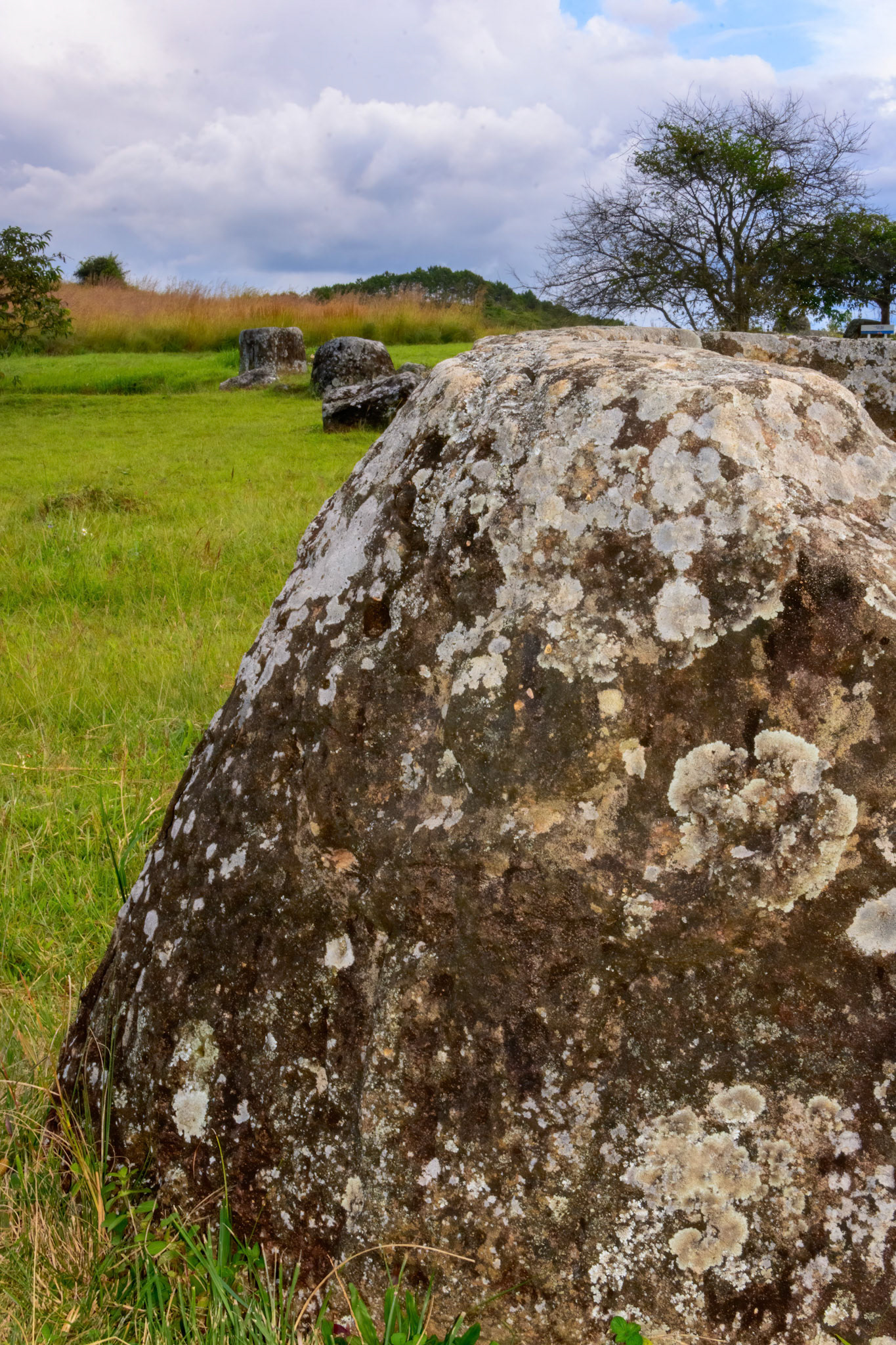
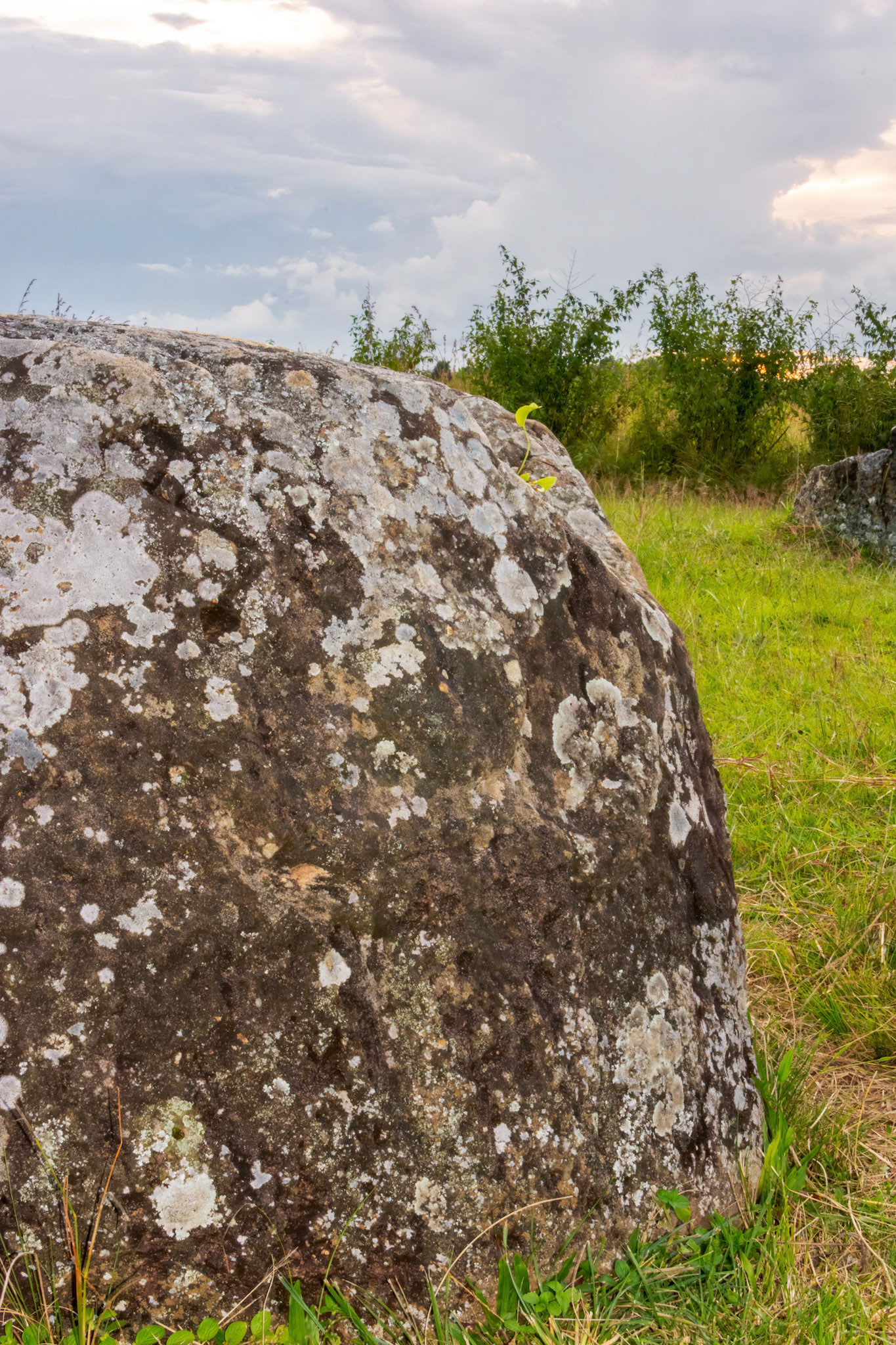

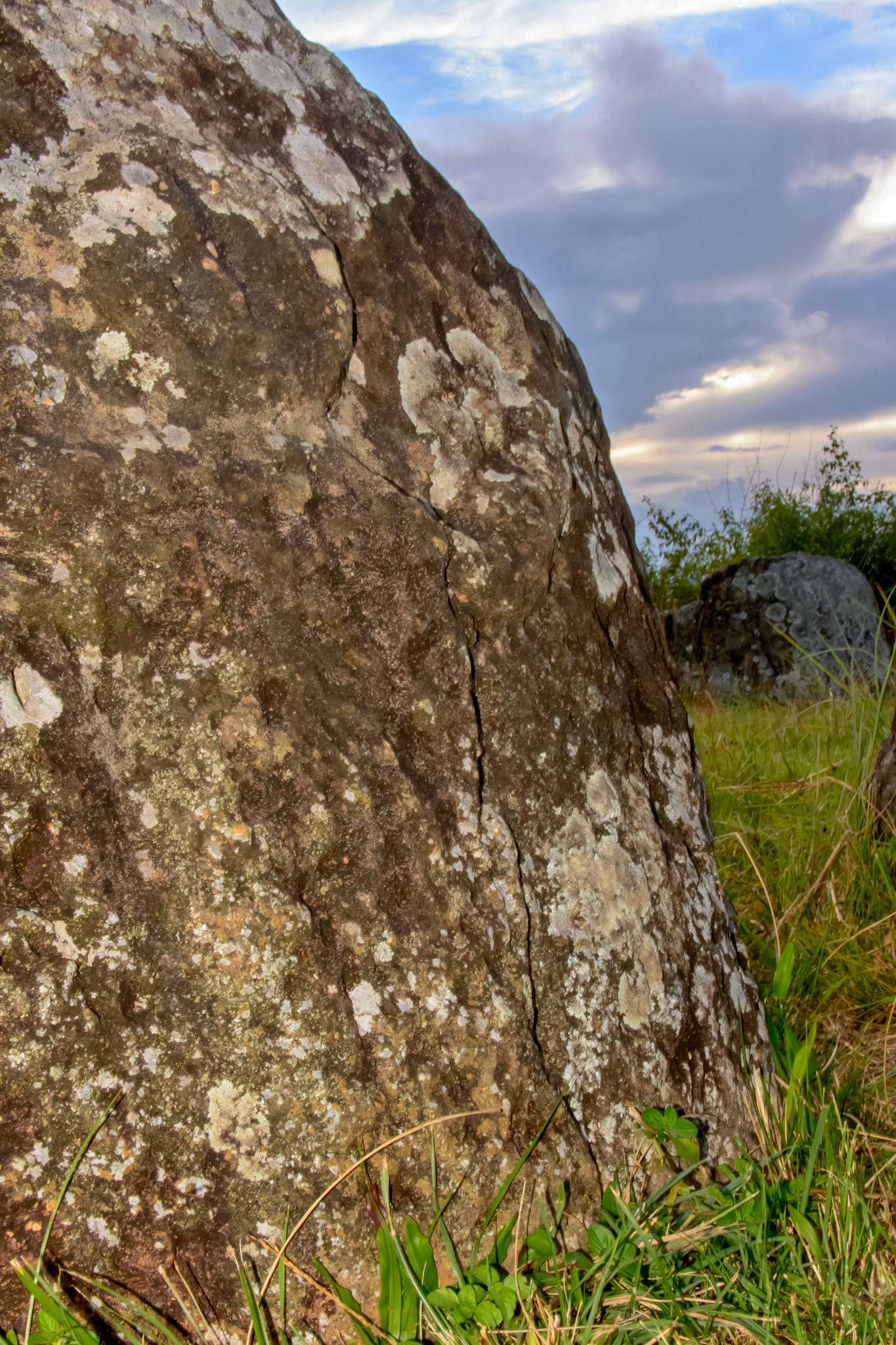
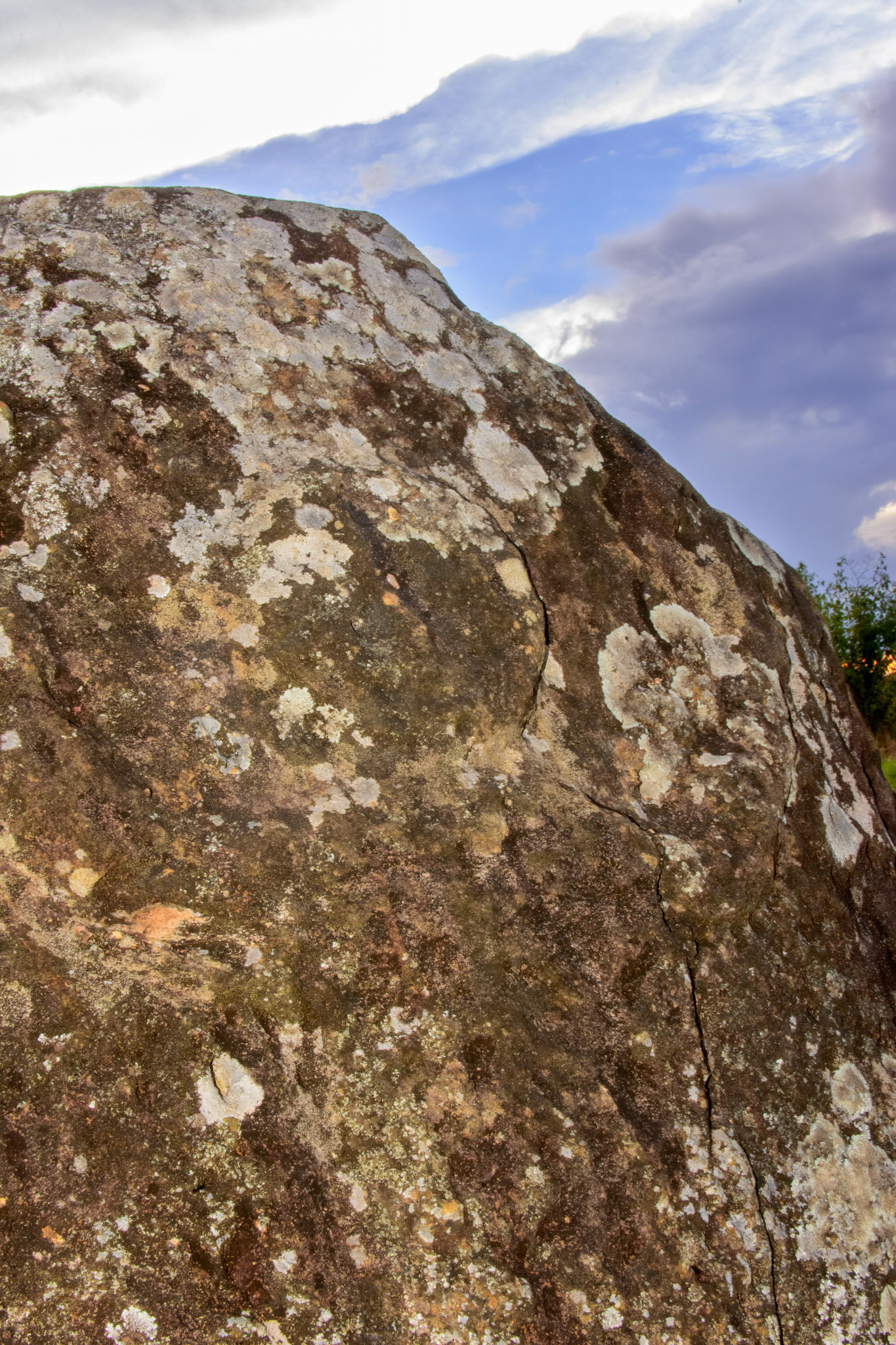
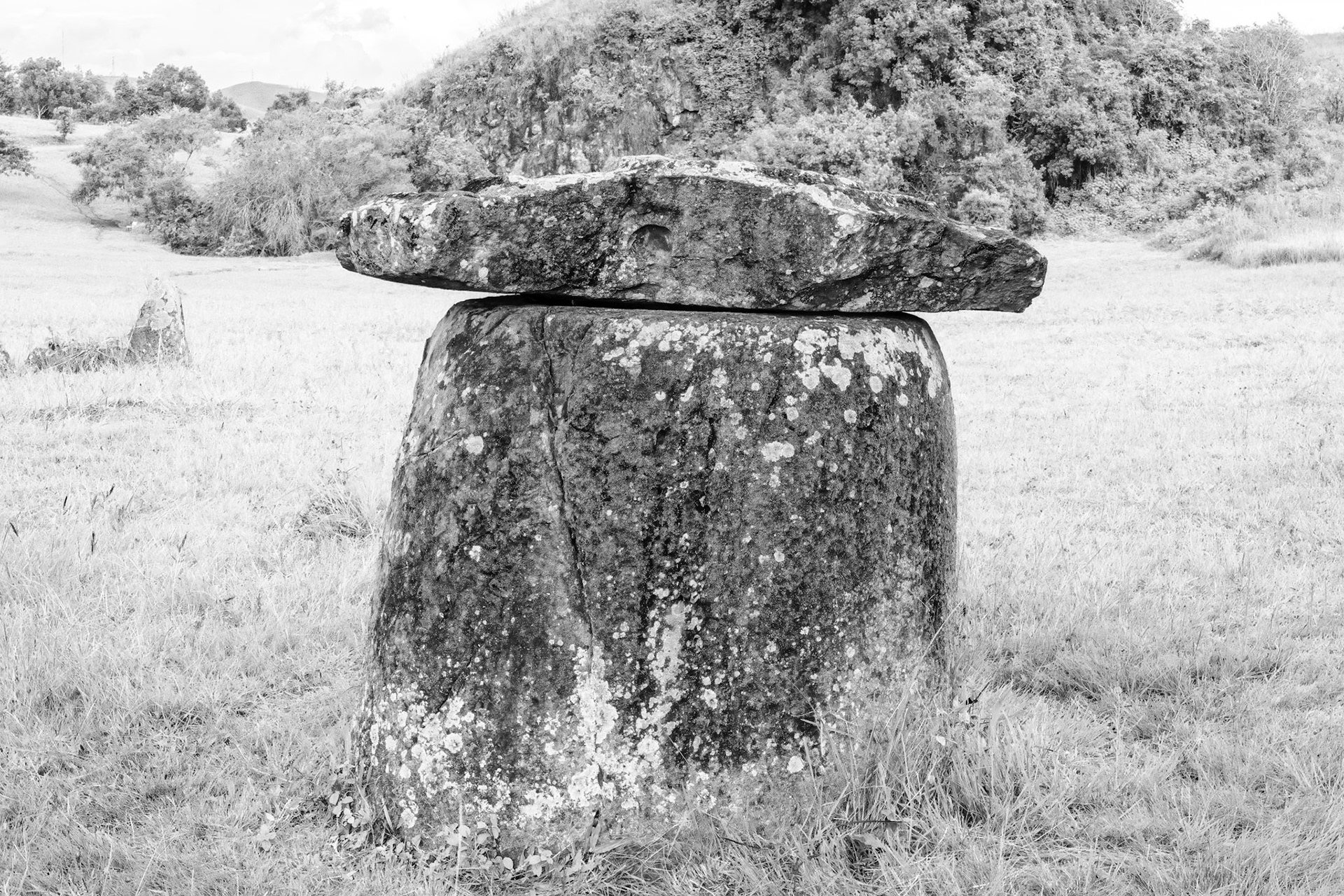
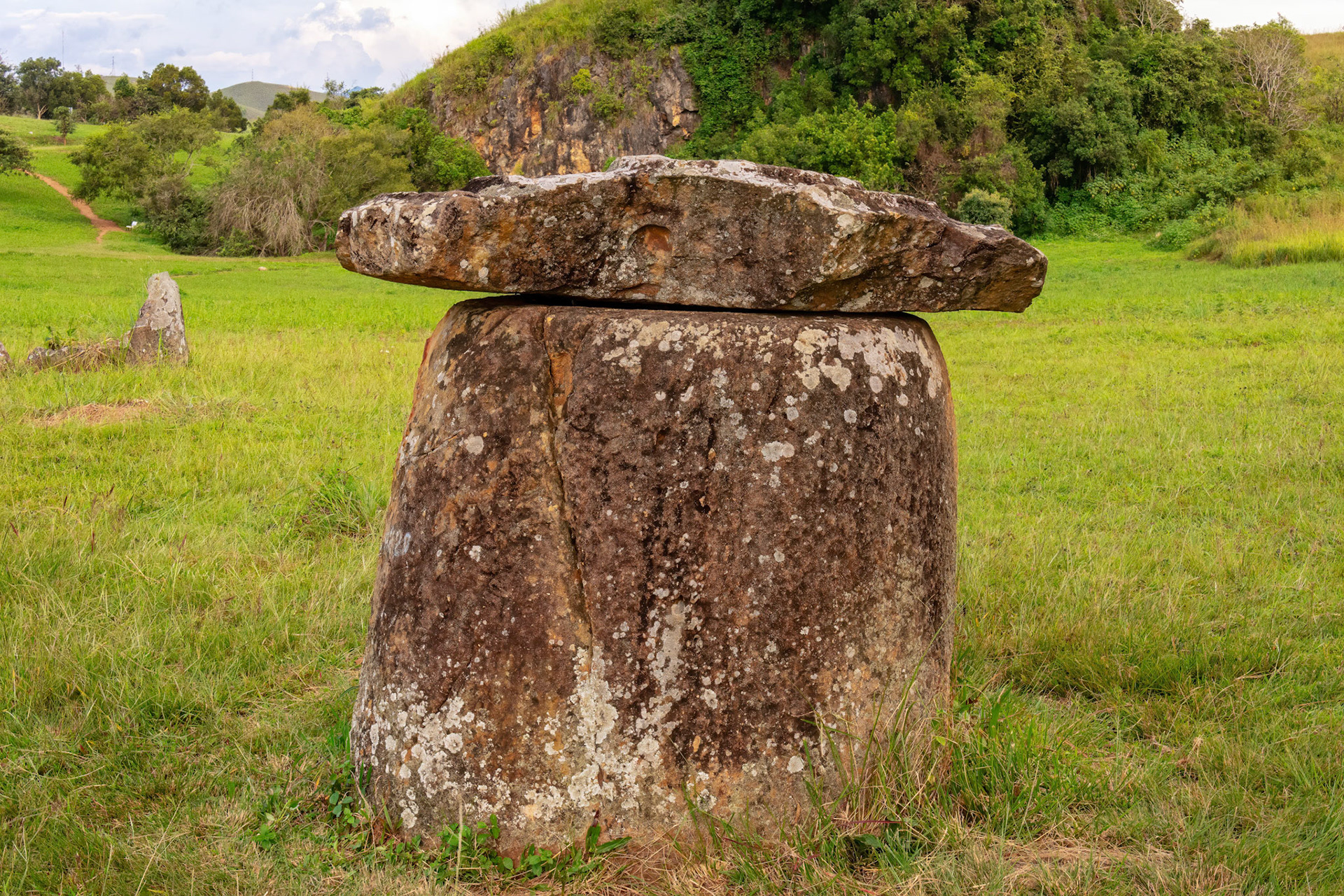
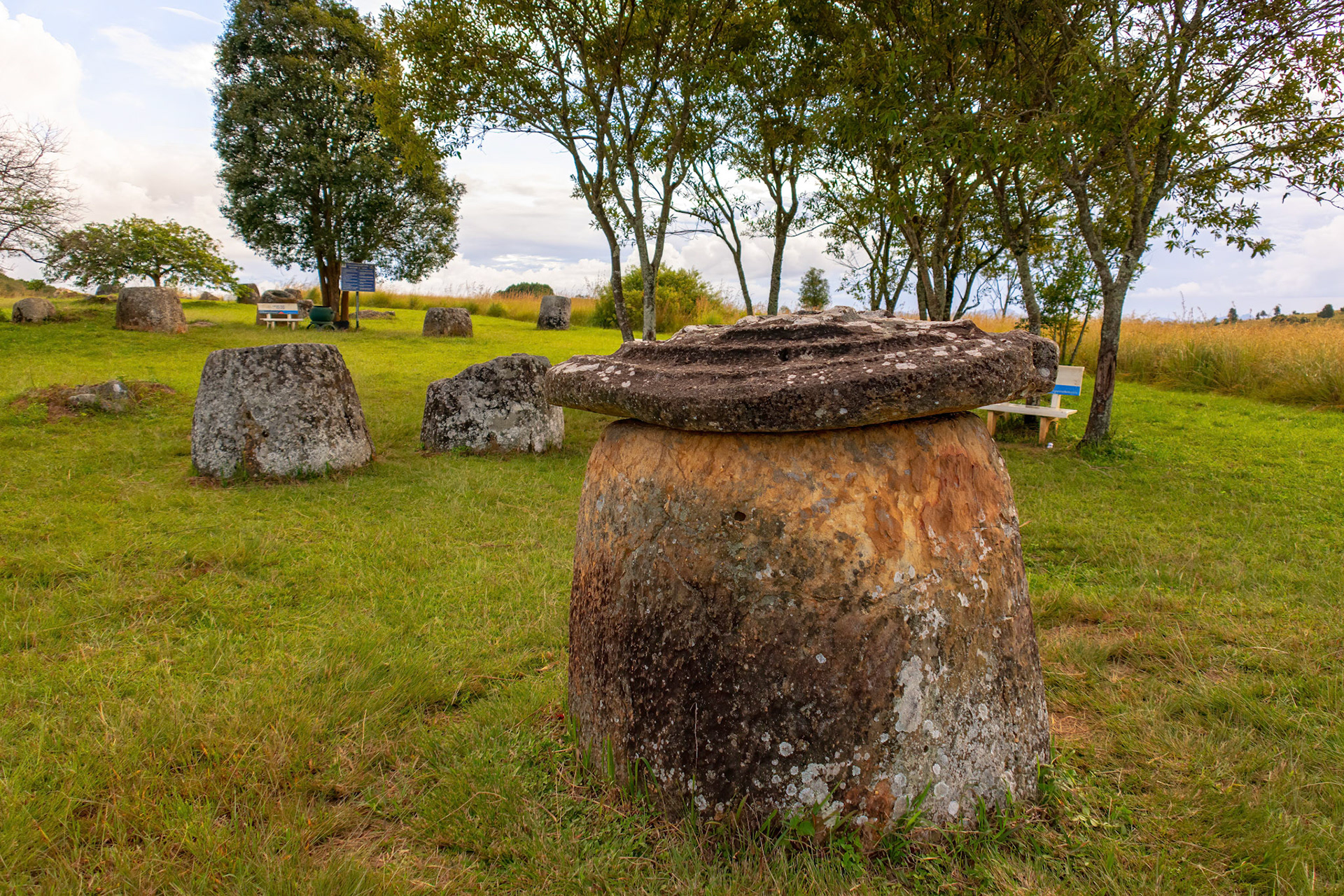
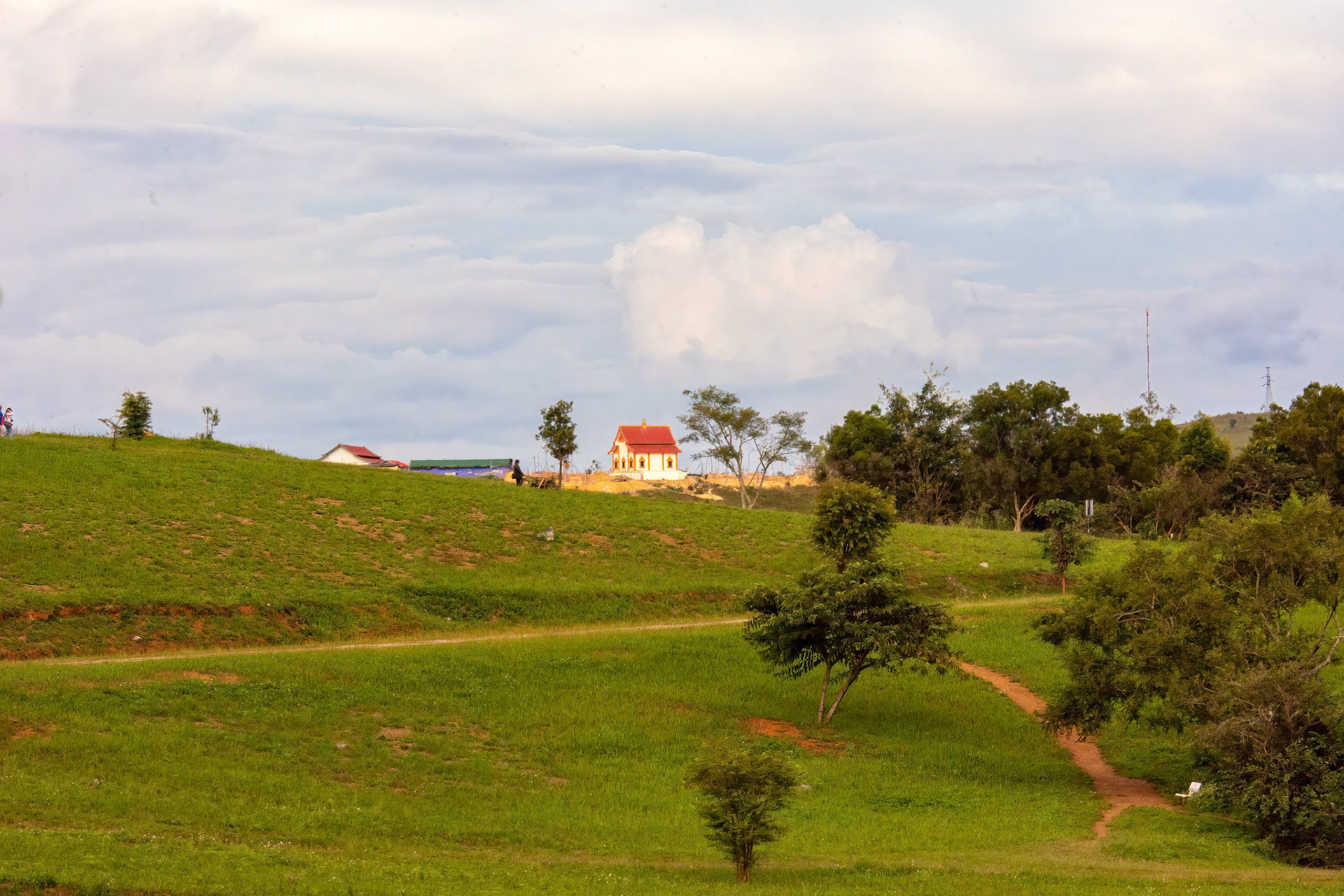

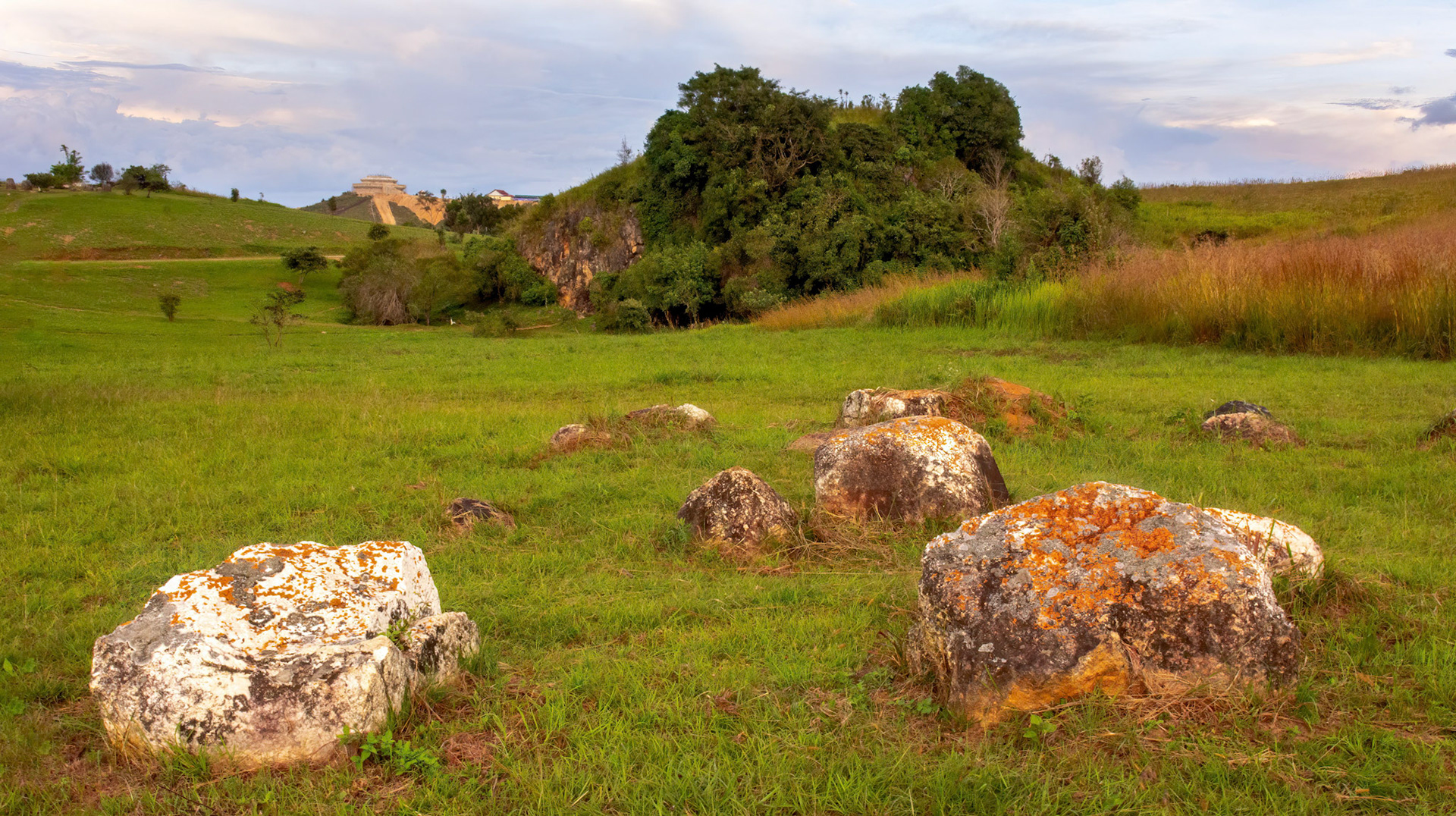

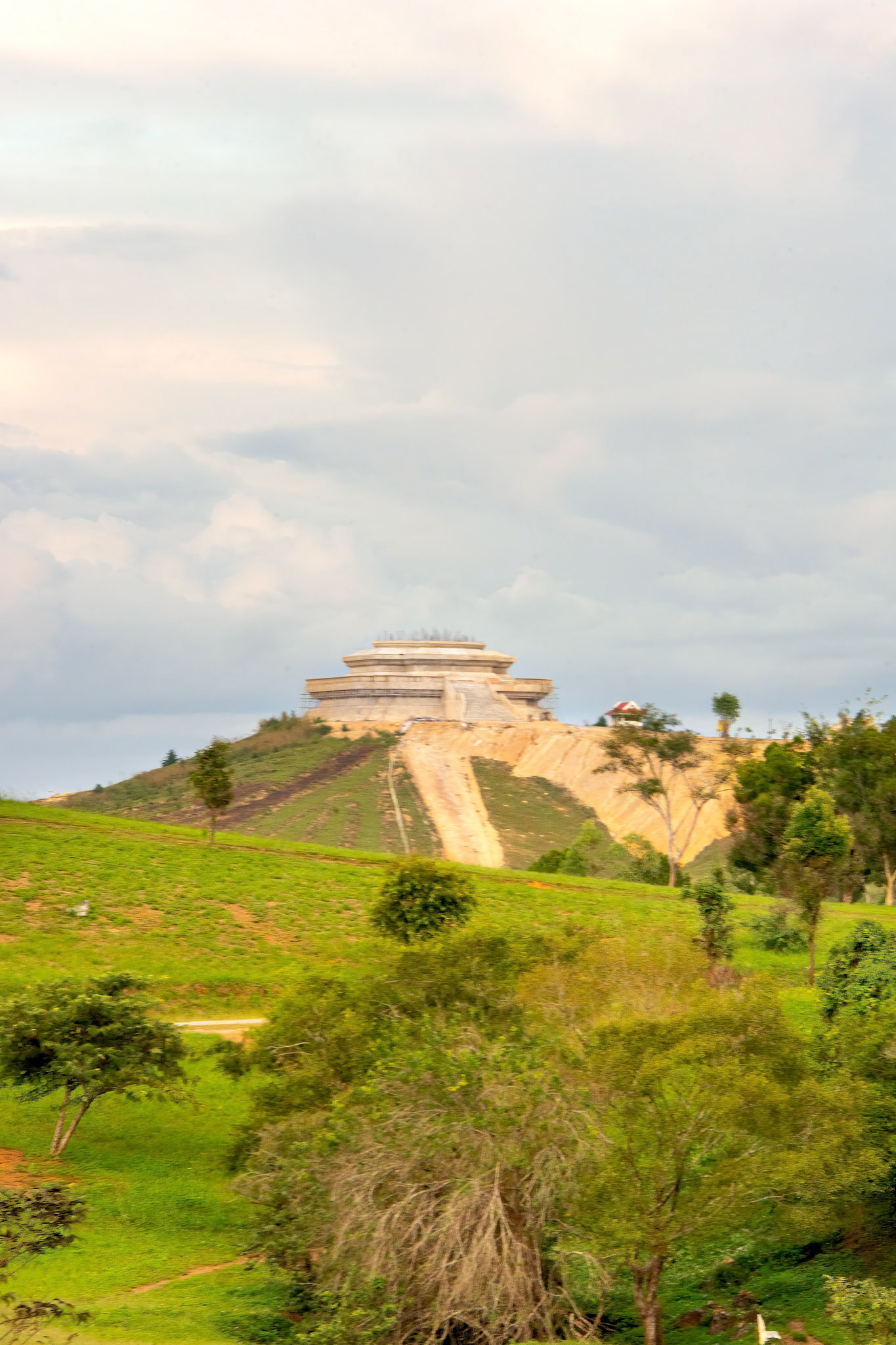
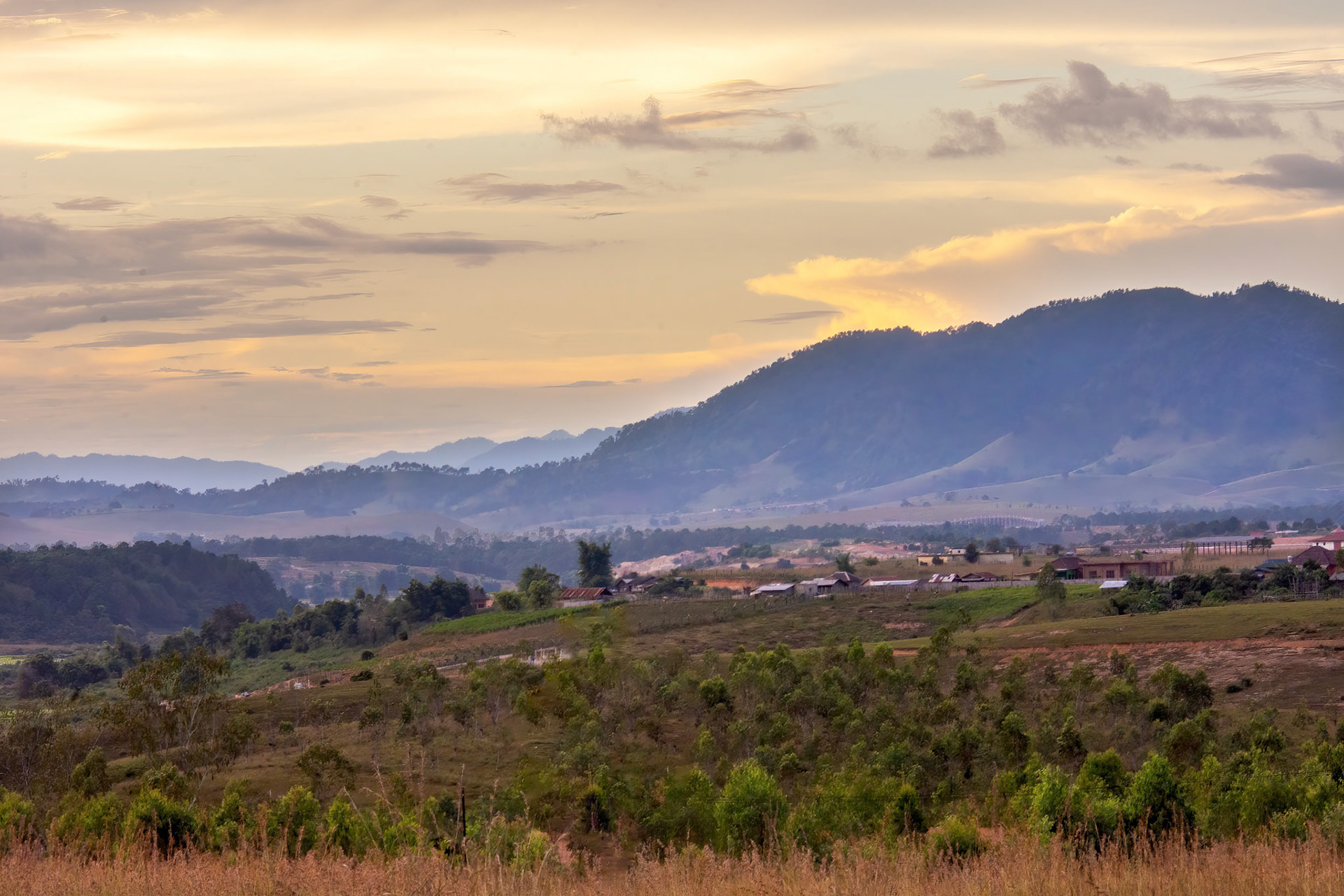
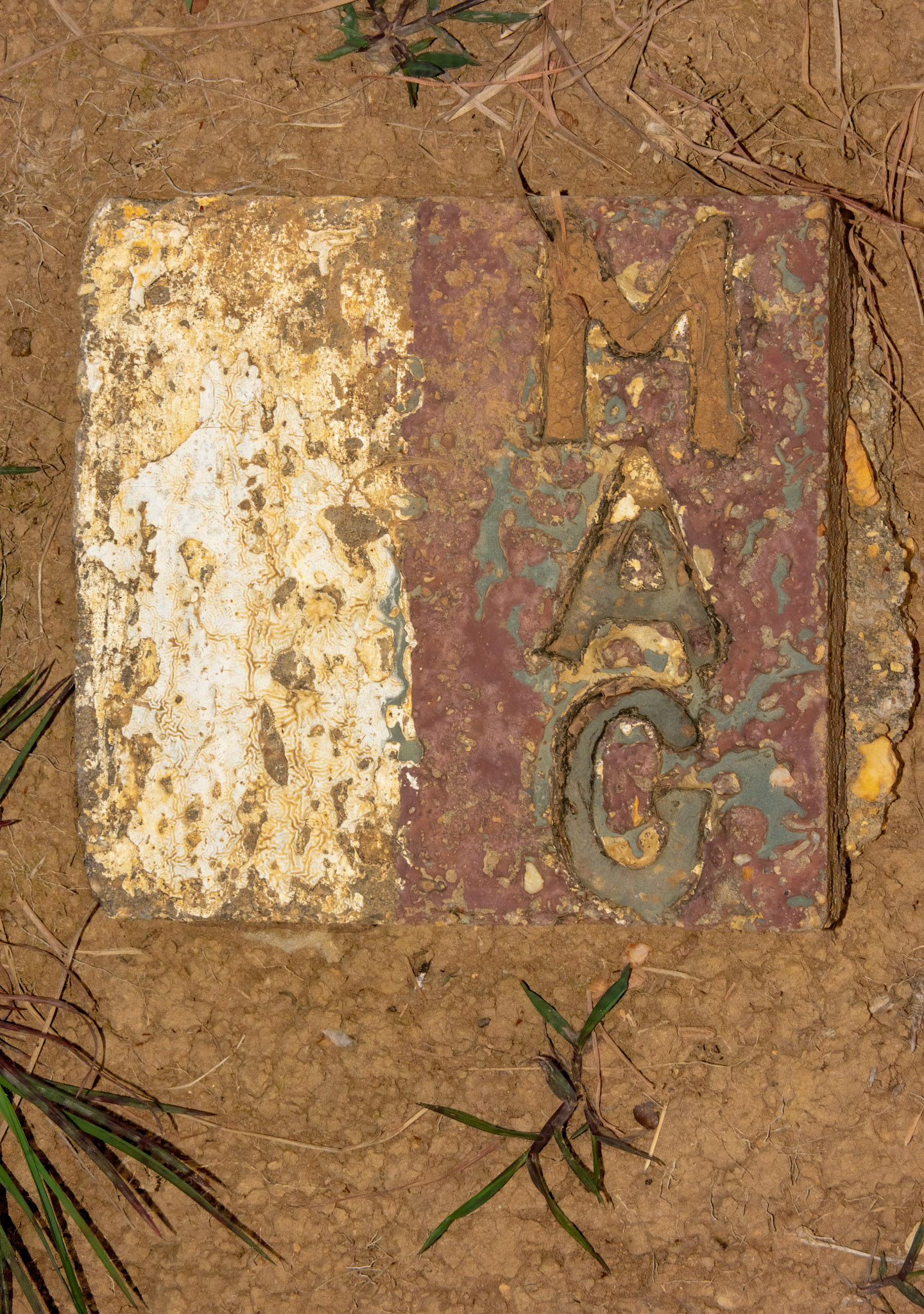
Walk between the marker white marks
